In 1974 Barbadian poet Kamau Braithwaite summarized the overlapping realities, the cross-cultural roots, diversity and integration of the Caribbean by declaring, “The unity is submarine.” This idea of a fluid submerged geography, a black Atlantic continuum comprised of flows, passages and displacements also encapsulates the spirit of Savacou Magazine.
Founded in 1970 by Edward Kamau Brathwaite, Andrew Salkey, and John La Rose, Savacou grew out of a Caribbean Arts Movement (1966) that was doubly concerned with Caribbean artistic production and with consolidating a broad alliance between all ‘Third World’ peoples. But Savacou was more than just an archipelago for new black voices; it sought to critically challenge Eurocentric norms through which the postcolonial nation-states in the Caribbean were being imagined and constructed. Central to this challenge was its development of a new critical vernacular, a practice of criticism that both gave form to, and spoke from within, a Caribbean cultural-political tradition.
Savacou took the first bold step in 1970, with its combined third and forth edition of New Writing. Featuring oral-based poetics, performance poetry and Creole verse, the issued exploded traditional divisions between words and music, literature and street culture, textuality and orality, exposing the colonizing presence of Standard literary formats and provoking major critical fracas in literary circles.
For the next decade Savacou continued to challenge topographical and typographical boundaries, working between continents and restoring the fluid motion of performance to the frozen-word-on-page. This culminated in its 1979 anthology New Poets from Jamaica which introduced dub poetry to the literary world and launched the careers of a new generation of poets including Bongo Jerry, Oku Onuora and Mikey Smith.
traduction française par Scarlett Antonio
En 1974, un poète de Barbados, Kamau Braithwaite, résuma les réalités chevauchantes, les origines des cultures croisées, la diversité et l’intégration des Antillais en déclarant, “l’unité est sous-marine”. L’image d’une géographie fluide submergée, d’un continuum d’Atlantique noire englobant les courants, les passages et déplacements est également renfermée dans l’esprit du magazine Savacou.
Fondé en 1970 par Edward Kamau Braithwaite, Andrew Salkey et John La Rose, Savacou gagna de l’importance sous l’influence du Mouvement des Arts Antillais (1966) qui était doublement concerné par la production artistique antillaise et par la consolidation d’une large alliance entre tous les peuples du “Troisième Monde”. Mais Savacou représentait beaucoup plus qu’un archipel pour les nouvelles vois noires; il recherchait à défier de manière critique les normes européennes è travers lesquelles les états-nations post coloniales avaient été imaginées et construites. Le point principal de ce défi fut le développement d’un nouveau langage vernaculaire critique, une pratique de la critique qui à la fois donnait forme à, et venait de l’intérieur, la tradition antillaise culturelle et politique.
Savacou fit une première démarche audacieuse en 1970 avec la fusion de sa troisième et quatrième édition du New Writing (Nouveaux Ecrits). Mettant en vedette poétique orale, poésie spectacle et verse créole, les divisions traditionnelles, éclatées, publiées entre les mots et la musique, la littérature et la culture de la rue, la texte et le parler, exposant la présence colonisée des formats littéraires Standard et provoquant un fracas critique important dans les milieux littéraires.
Au cours de la décennie suivante, Savacou continua à défier les limites topographiques et typographiques, travaillant entre les continents et restituant le mouvement fluide de l’interprétation du mot-gelé-sur-page. Ceci se termina par son anthologie de 1979 “Nouveaux Poètes de la Jamaïque” qui introduisit une poésie avec sons et effets au monde littéraire et lança les carrières d’une nouvelle génération de poètes incluant Bongo Jerry, Oku Onuora et Mickey Smith.
PEOPLE
Kenneth Ramchand, Andrew Salkey, Wilfred Cartey, Merle Hodge, Hazel Simmons-McDonald, Elizabeth Clarke, Linton Kwesi Johnson, Stuart Hall, Derek Walcott, George Lamming, Cedric George Lindo, C.L.R James, Monica Skeete, Ras Dizzy, Bongo Jerrey
FAMILY TREE
- Bim (1942 – 2007)
- Jamaica Journal (1967)
- Hambone (1974)
- Voices
- Renaissance Noire
- Small Axe
RE/SOURCES
- Savacou on Wikipedia
- La Rose, John (ed); Salkey, Andrew (ed), Savacou 9/10; Journal of the Caribbean Artists Movement. Writing Away From Home.
- Walmsley, Anne: “A Sense of Community: Kamau Brathwaite and the Caribbean Artists Movement” in (pp. 101-16) Brown, Stewart (ed.), The Art of Kamau Brathwaite. Brigend: Seren, 1995. p. 275 (1995)
- Kelly Baker Josephs. “Versions of X/Self: Kamau Brathwaite’s Caribbean Discourse.” Anthurium, 1.1 (Fall 2003).
- June Bobb. Beating a Restless Drum: The Poetics of Kamau Brathwaite and Derek Walcott. New York: Africa World Press, 1997.
- Stuart Brown. The Art of Kamau Brathwaite. Wales: Seren, 1996.
- Loretta Collins. “From the ‘Crossroads of Space’ to the (dis)Koumforts of Home: Radio and the Poet as Transmuter of the Word in Kamau Brathwaite’s ‘Meridian’ and Ancestors.” Anthurium, 1.1 (Fall 2003)
- Raphael Dalleo. “Another ‘Our America’: Rooting a Caribbean Aesthetic in the Work of José Martí, Kamau Brathwaite and Édouard Glissant.” Anthurium, 2.2 (Fall 2004).
- Anna Reckin: “Tidalectic Lectures: Kamau Brathwaite’s Prose/Poetry as Sound-Space.” Anthurium, 1.1 (Fall 2003).
- Kamau Brathwaite, Conversations with Nathaniel Mackey Savory, Elaine: “The Word Becomes Nam: Self and Community in the Poetry of Kamau Brathwaite, and Its Relation to Caribbean Culture and Postmodern Theory.” in (pp. 23-43) Hawley, John C. (ed.) , Writing the Nation: Self and Country in the Post-Colonial Imagination. Amsterdam: Rodopi, 1996. xxvii, 217 pp. ( Amsterdam: Critical Studies 7 ). (1996)
- Savory, Elaine. “Returning to Sycorax/Prospero’s Response: Kamau Brathwaite’s Word Journey.” Brown 208-230.
- Thiong’o, Ngugi wa: “Kamau Brathwaite: The Voice of African Presence”, Genova, Pamela A. (ed. and introd.) , Twayne Companion to Contemporary World Literature: From the Editors of World Literature Today, New York, NY: Twayne; Thomson Gale, 2003
- “Black British Literature Since Windrush” by Onyekachi Wambu
- Dr. Marlene A. Hamilton, “Books and Reading in Jamaica.” UNESCO, 1984
- Gordon Rohlehr, “Some Problems of Assessment: A Look at New Expressions in the Art of the Contemporary Caribbean” Caribbean Quarterly, 17:3/4 (1971: Sept/Dec) p. 92-113
- Breiner, Laurence. “How to Behave on Paper: the Savacou Debate.” Journal of West Indian Literature. 6.1, 1993, p1-10.
- Brathwaite, Edward Kamau, ed. Savacou 3&4: New Writing. Kingston: Mona, 1970.
- Brathwaite, Edward Kamau. “Contradictory Omens: Cultural diversity and integration in the Caribbean,” Monograph 1; Mona, Kingston, Jamaica: Savacou, 1974, p64





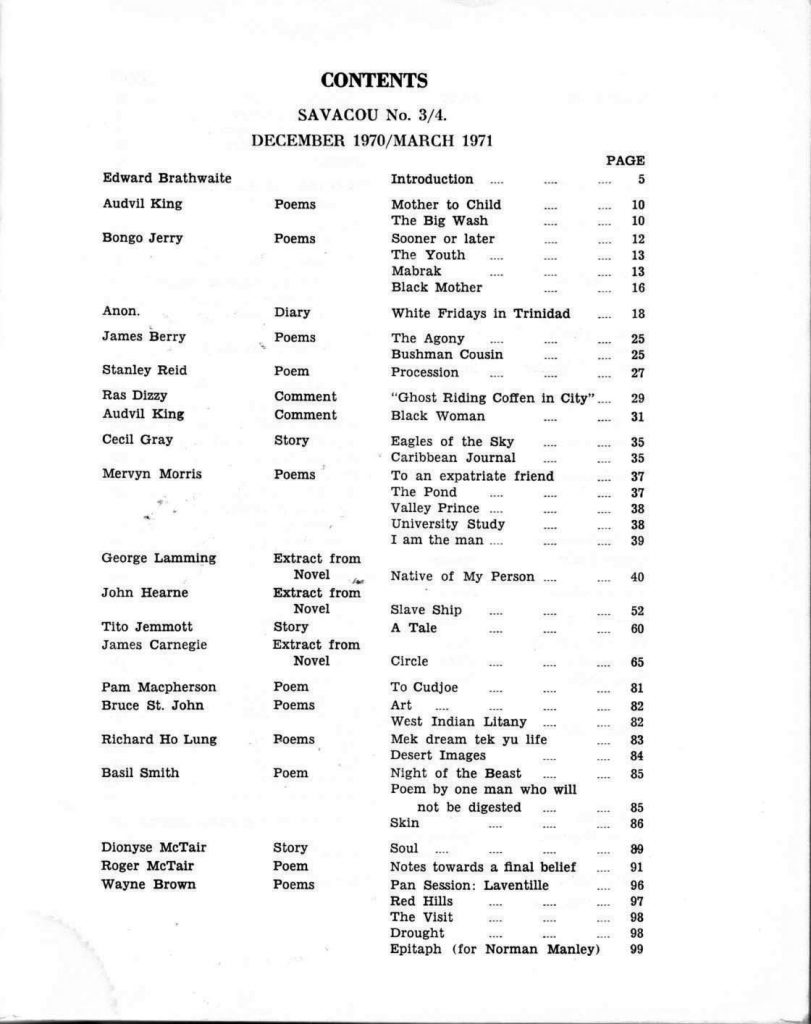

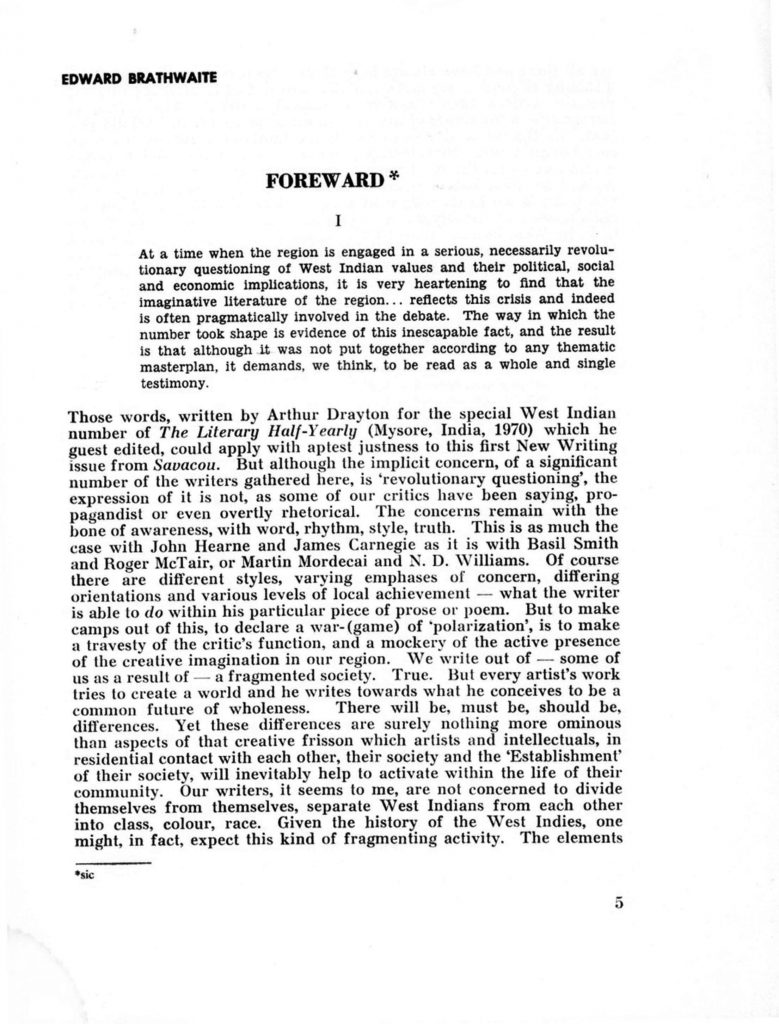
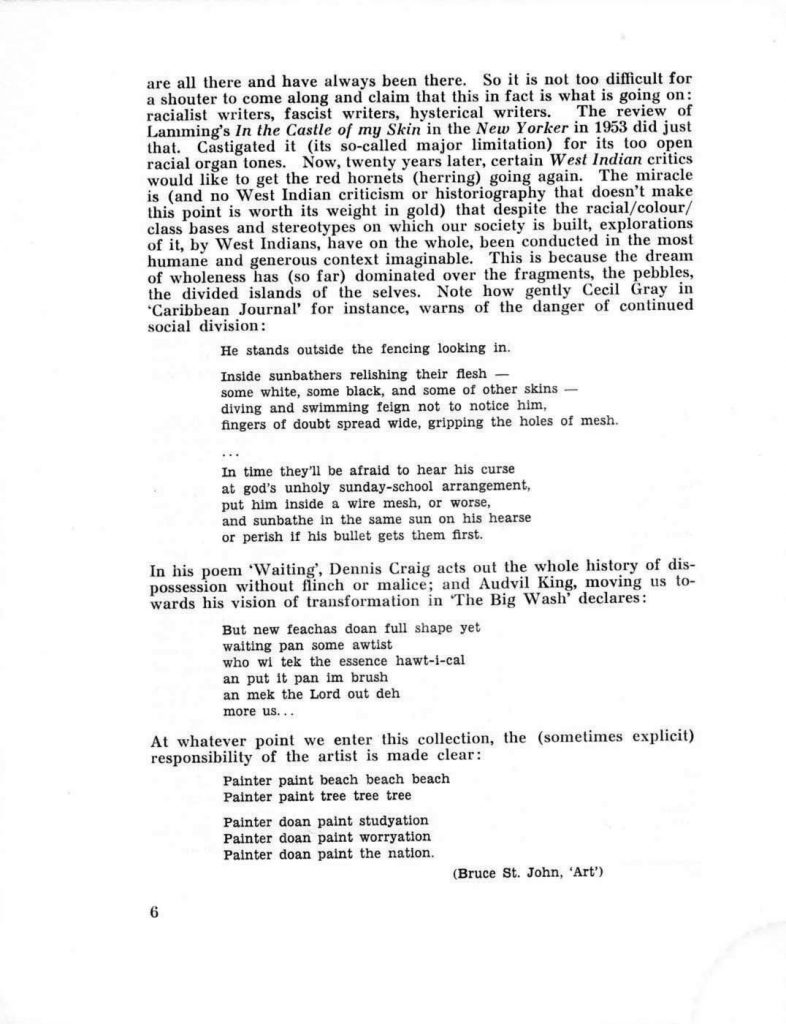
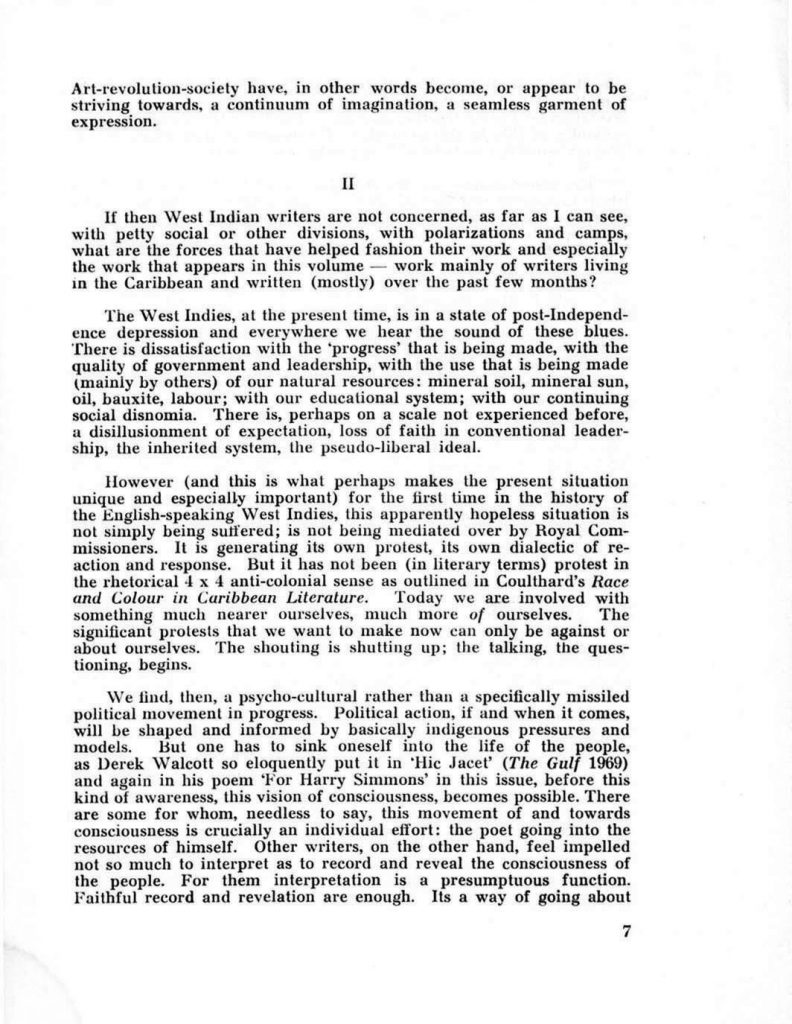
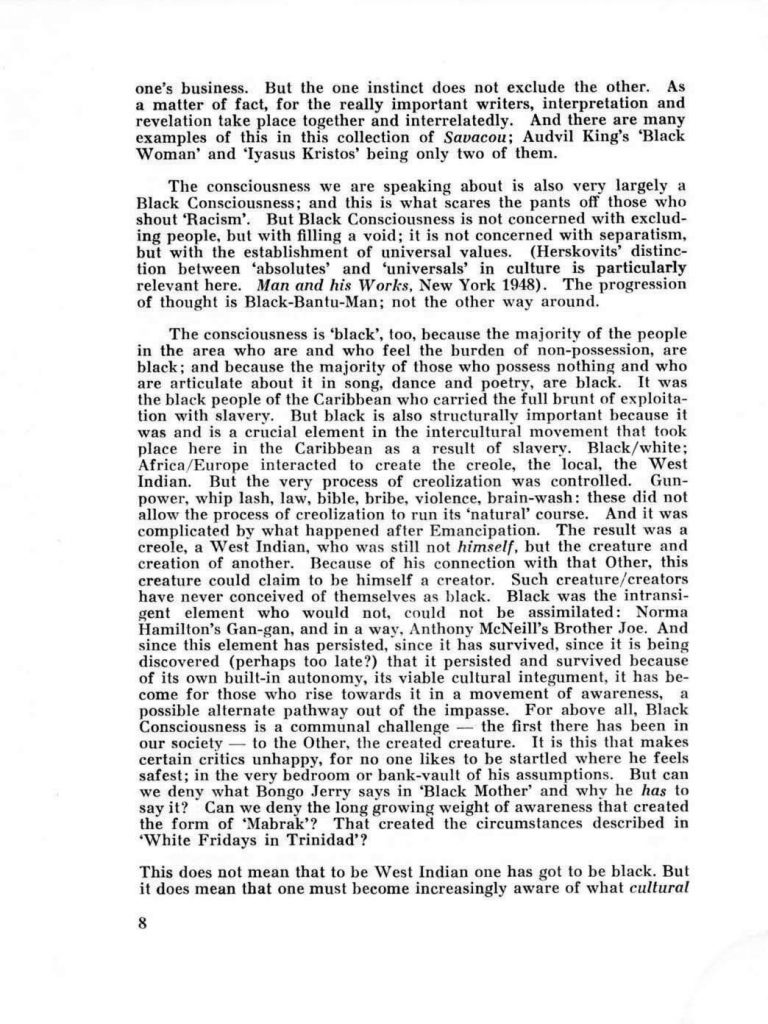
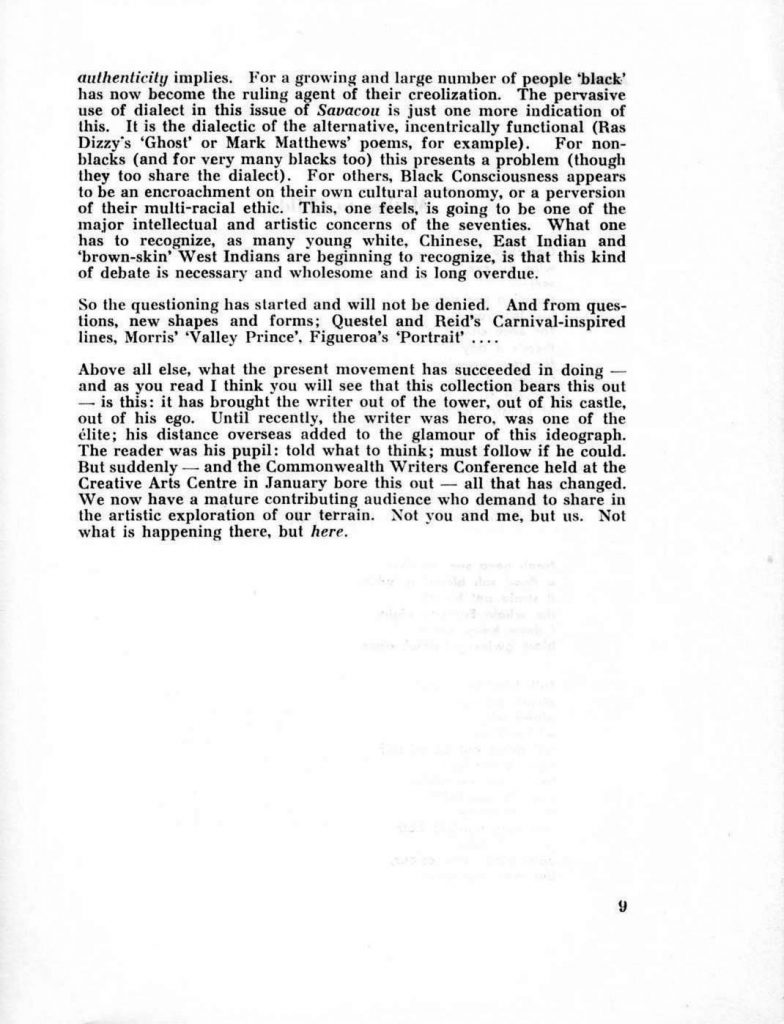

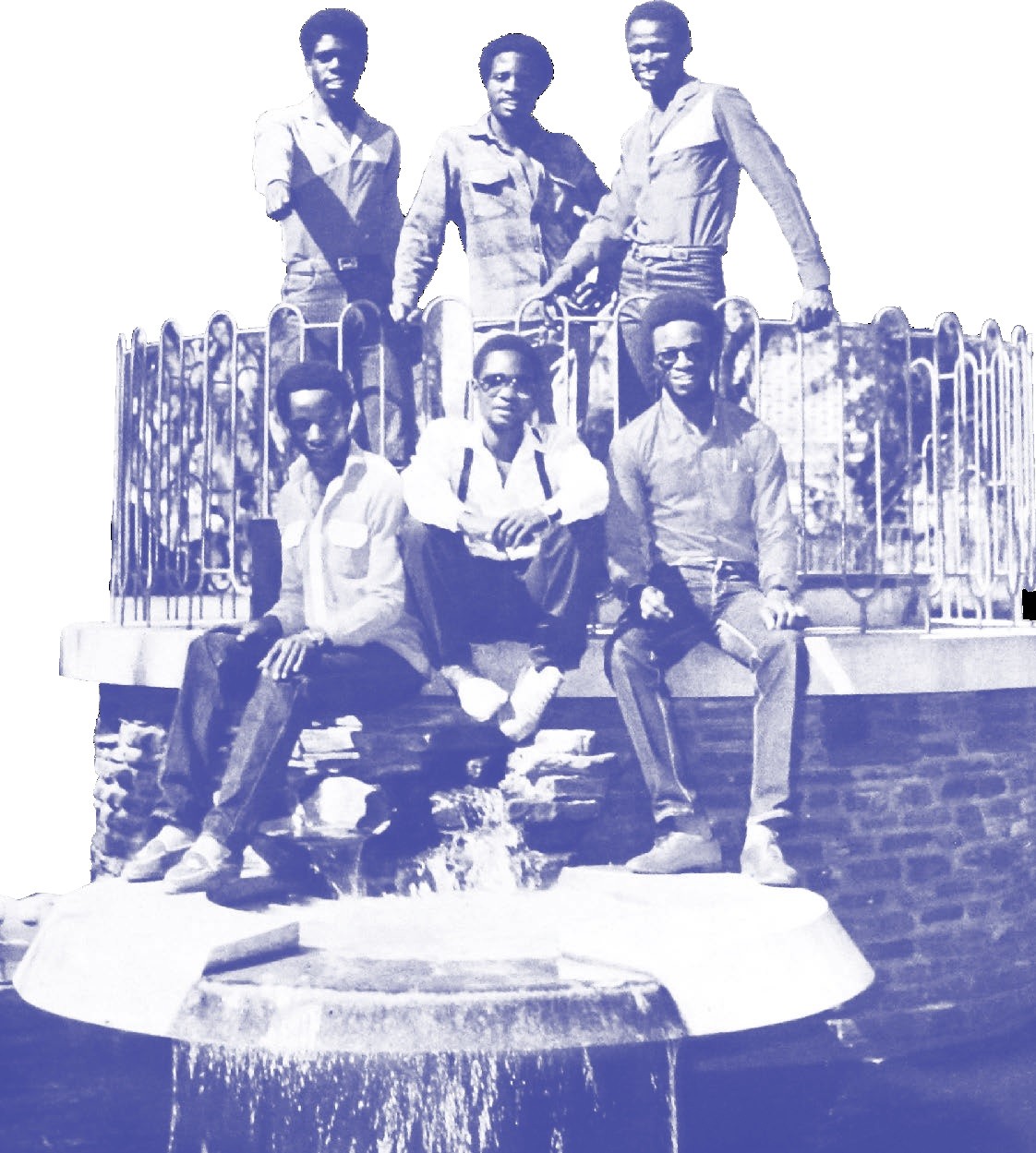



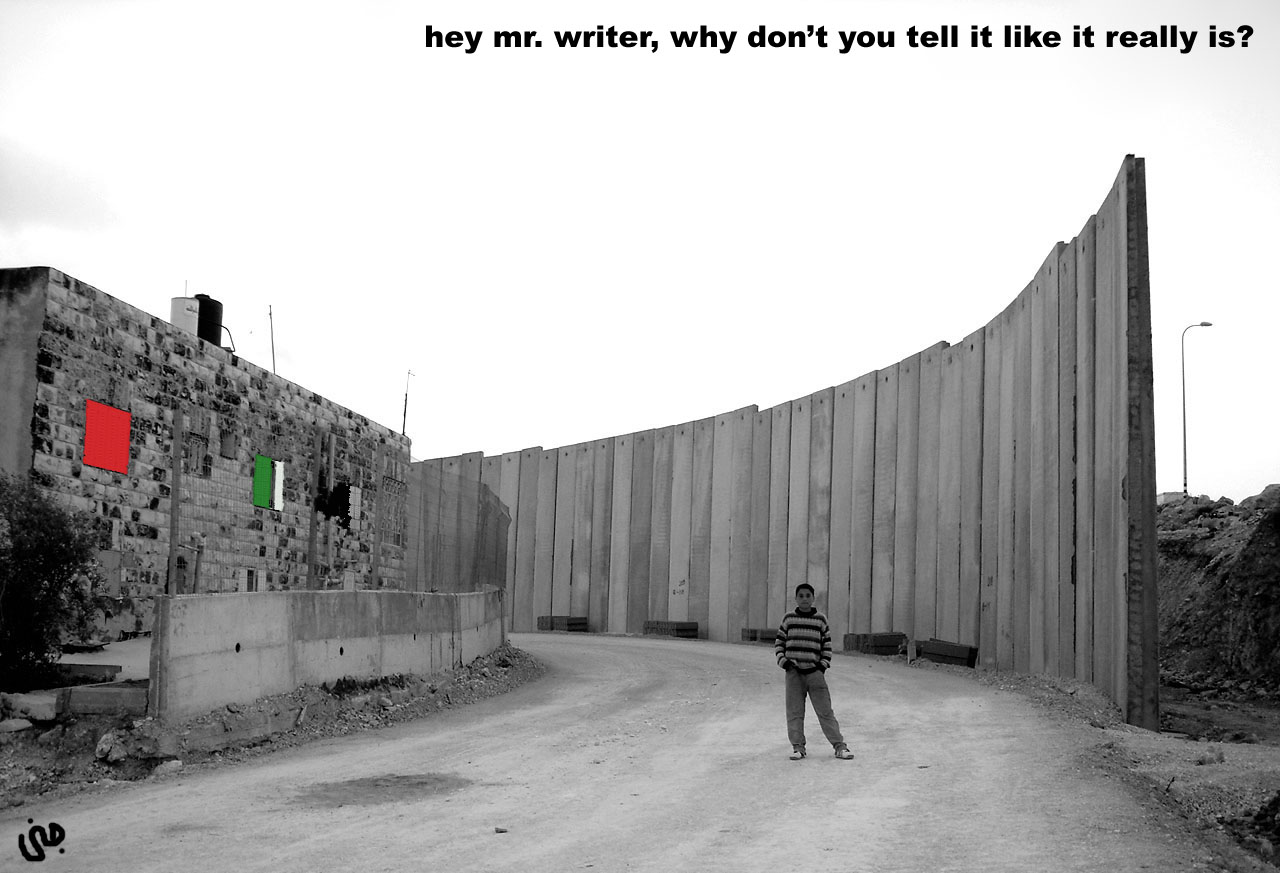







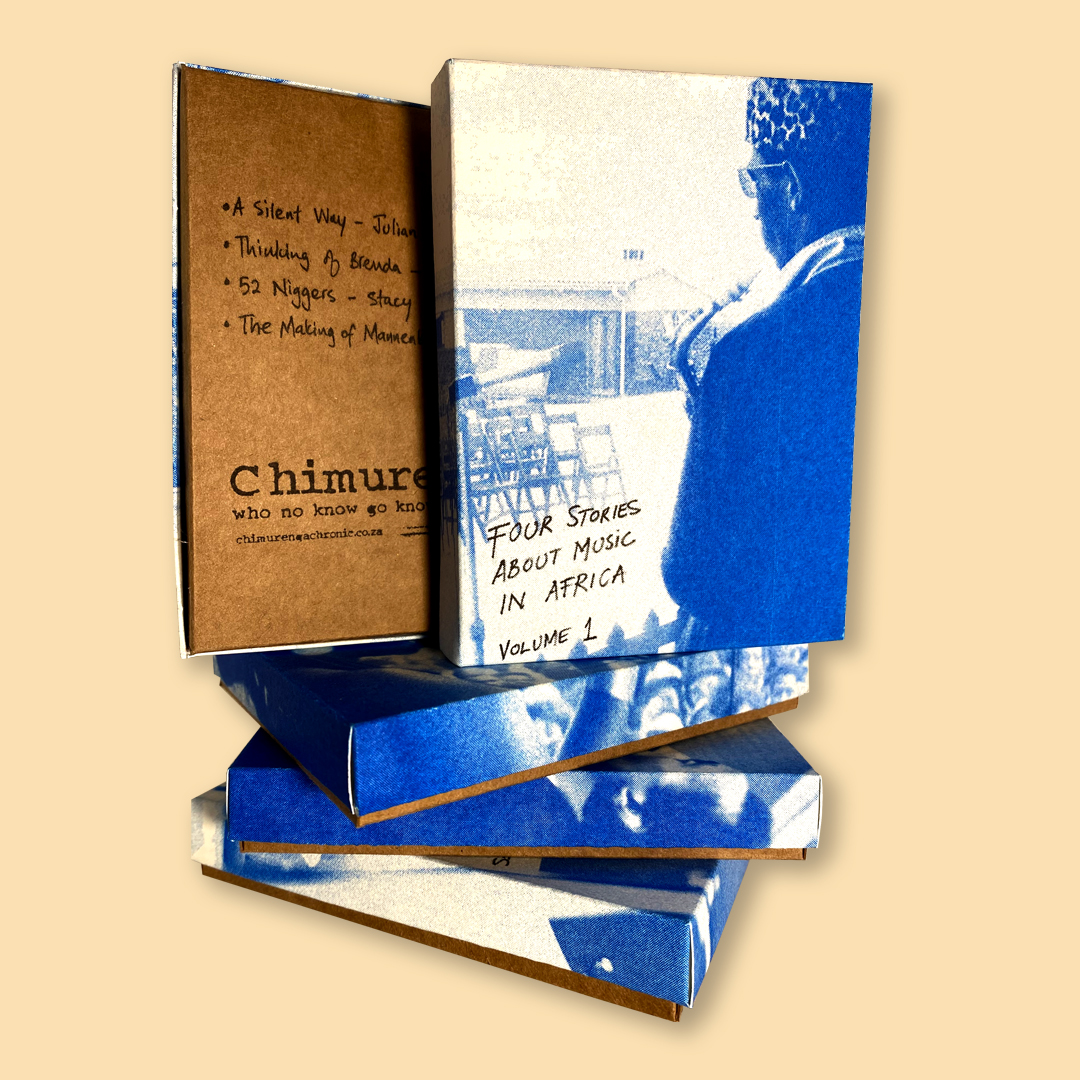




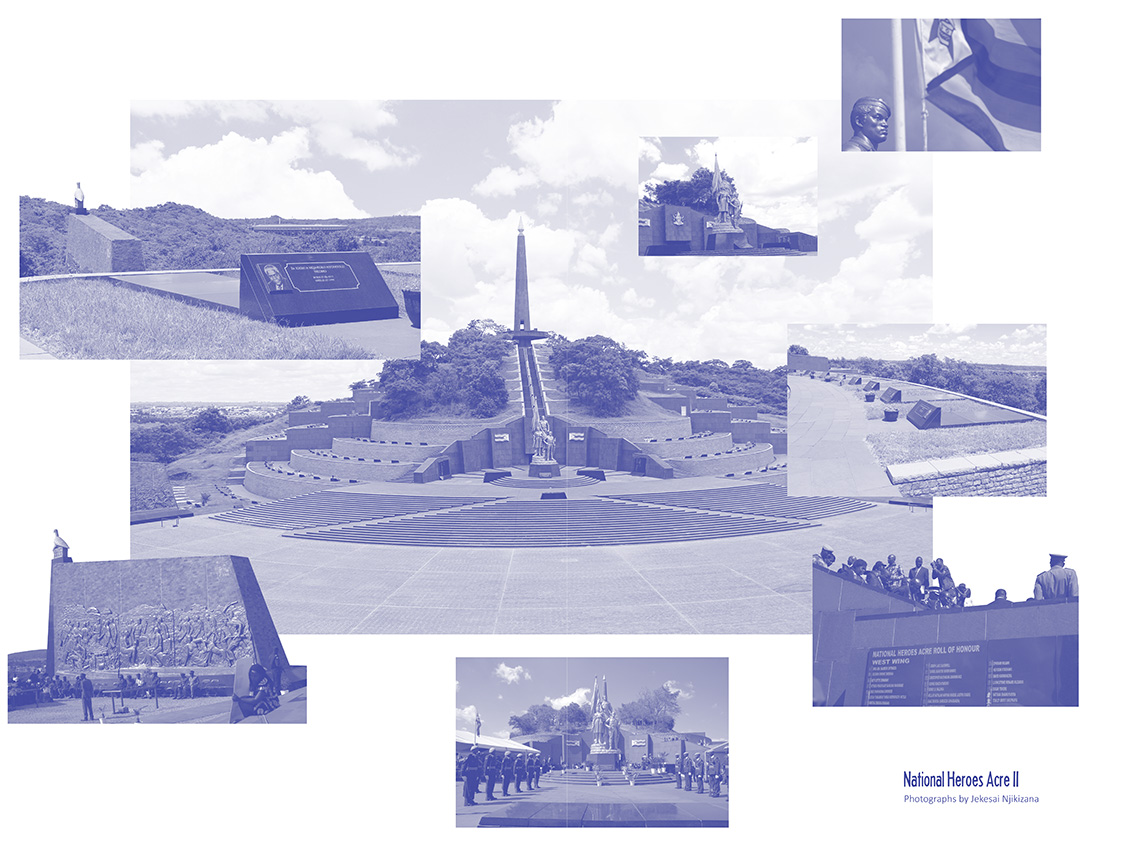


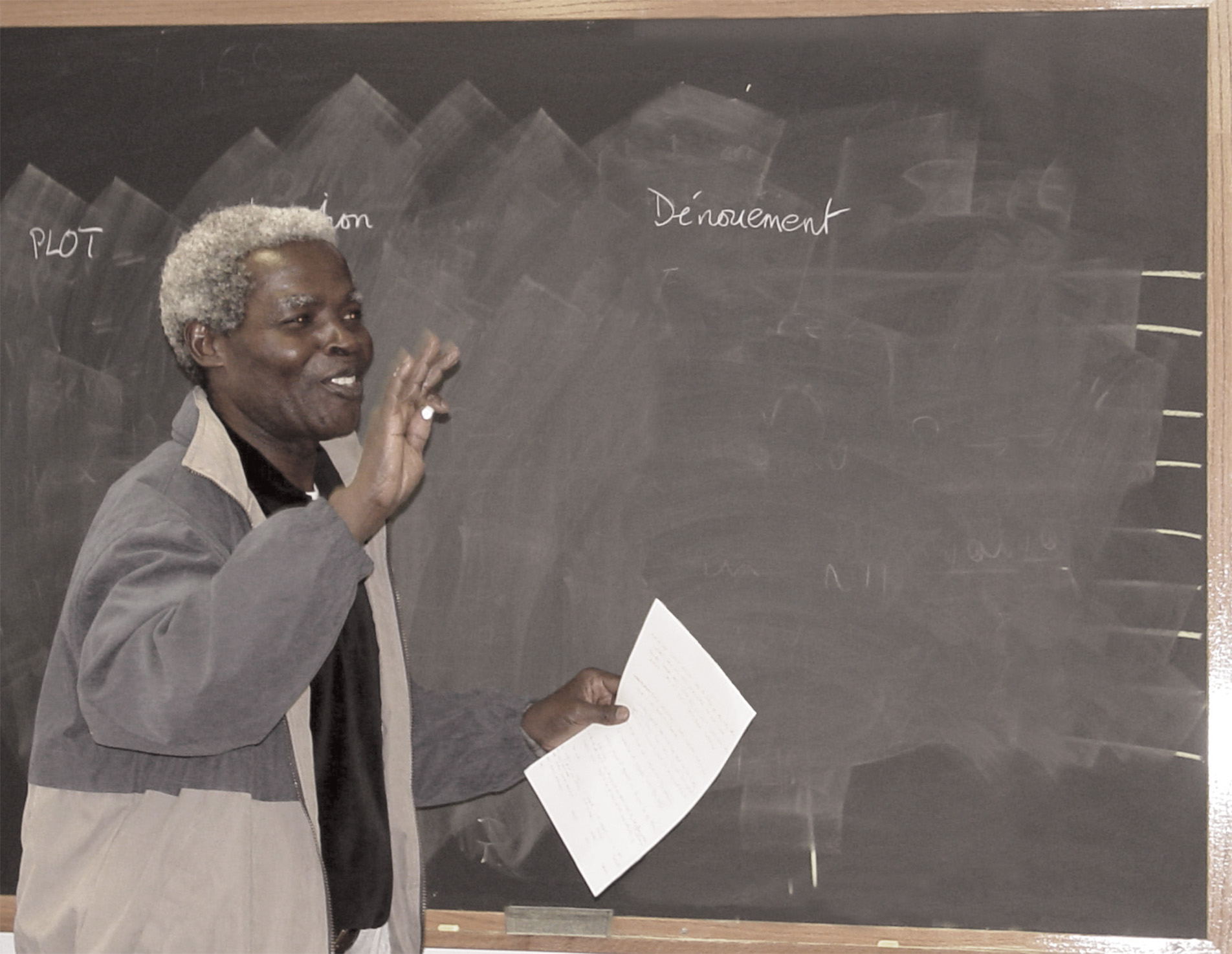




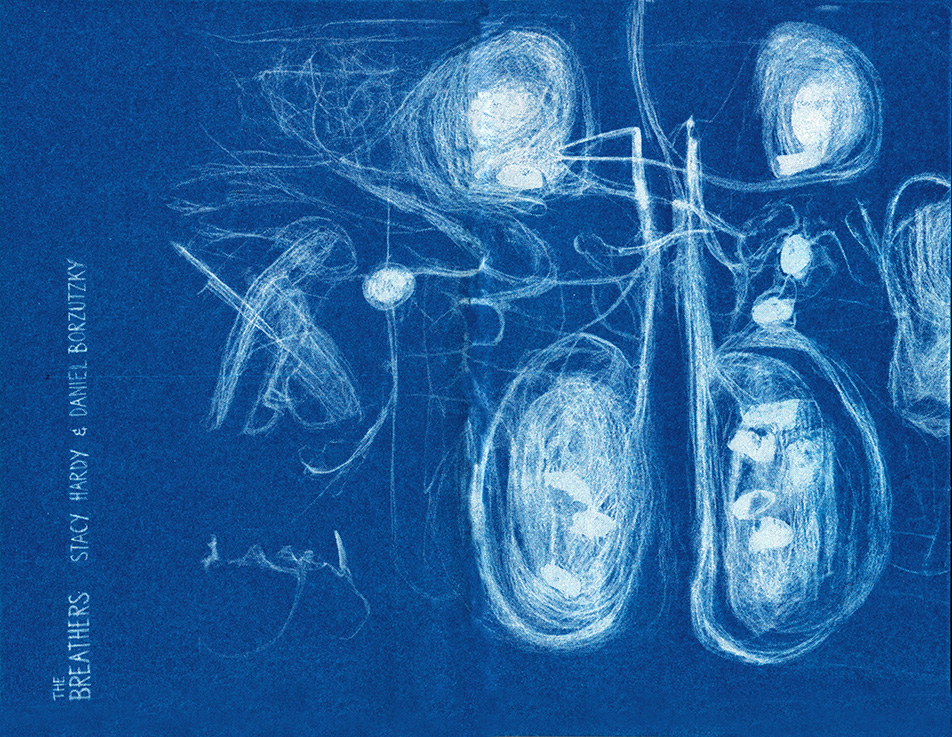



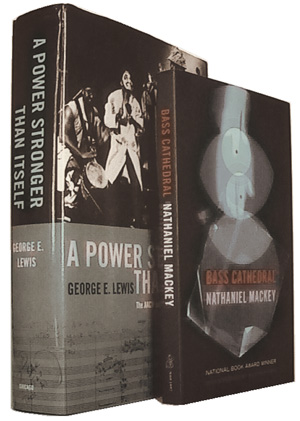

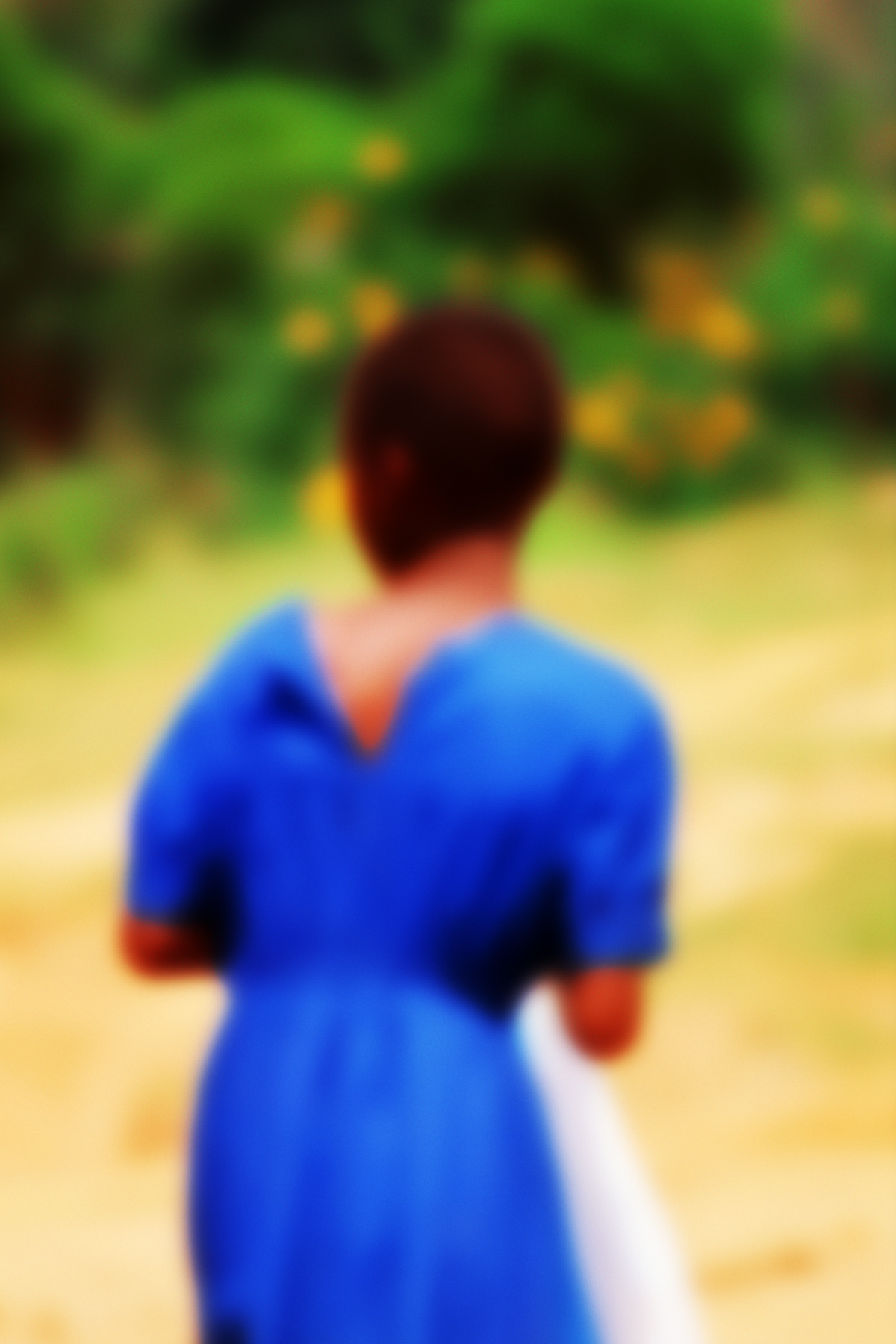
















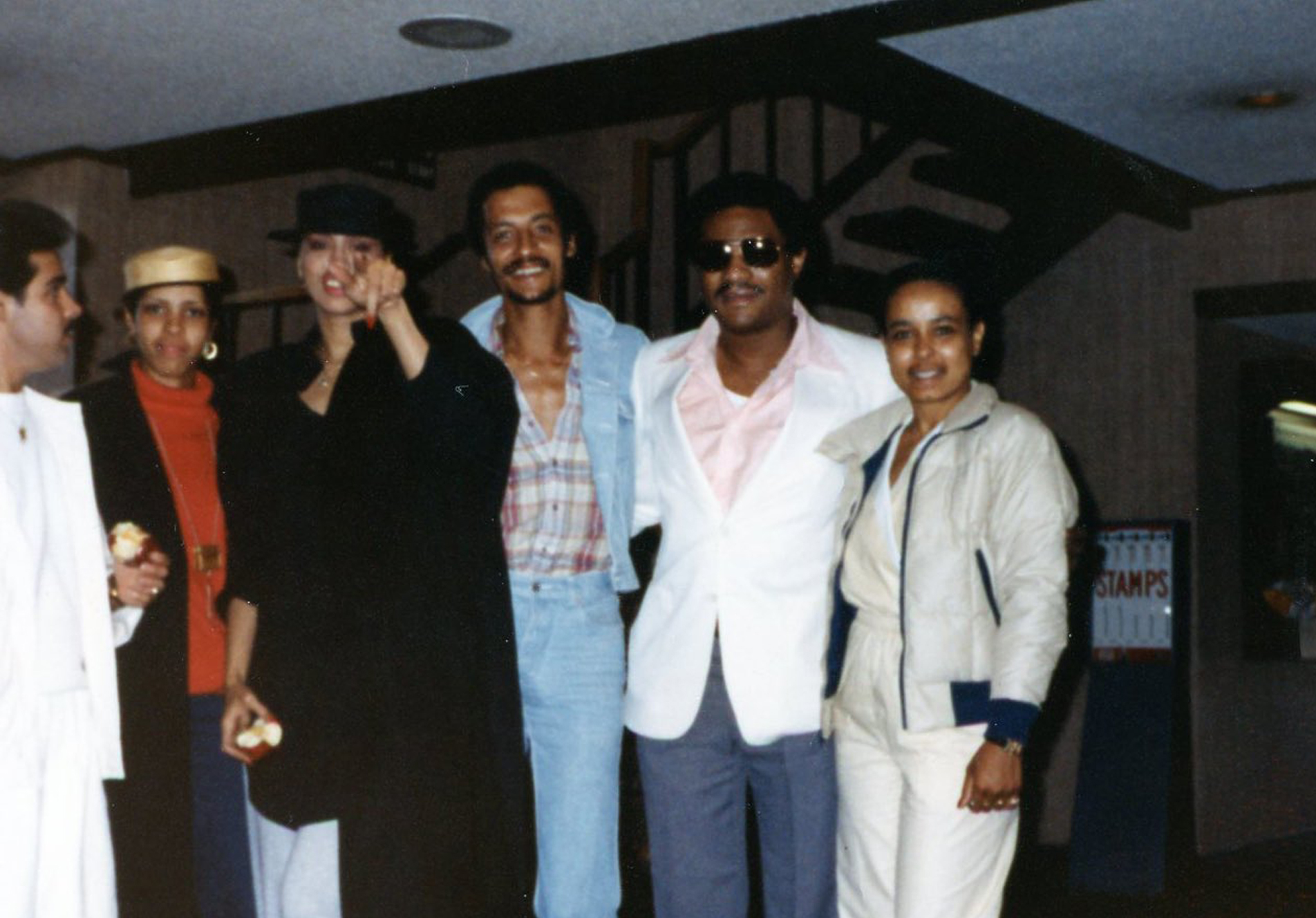
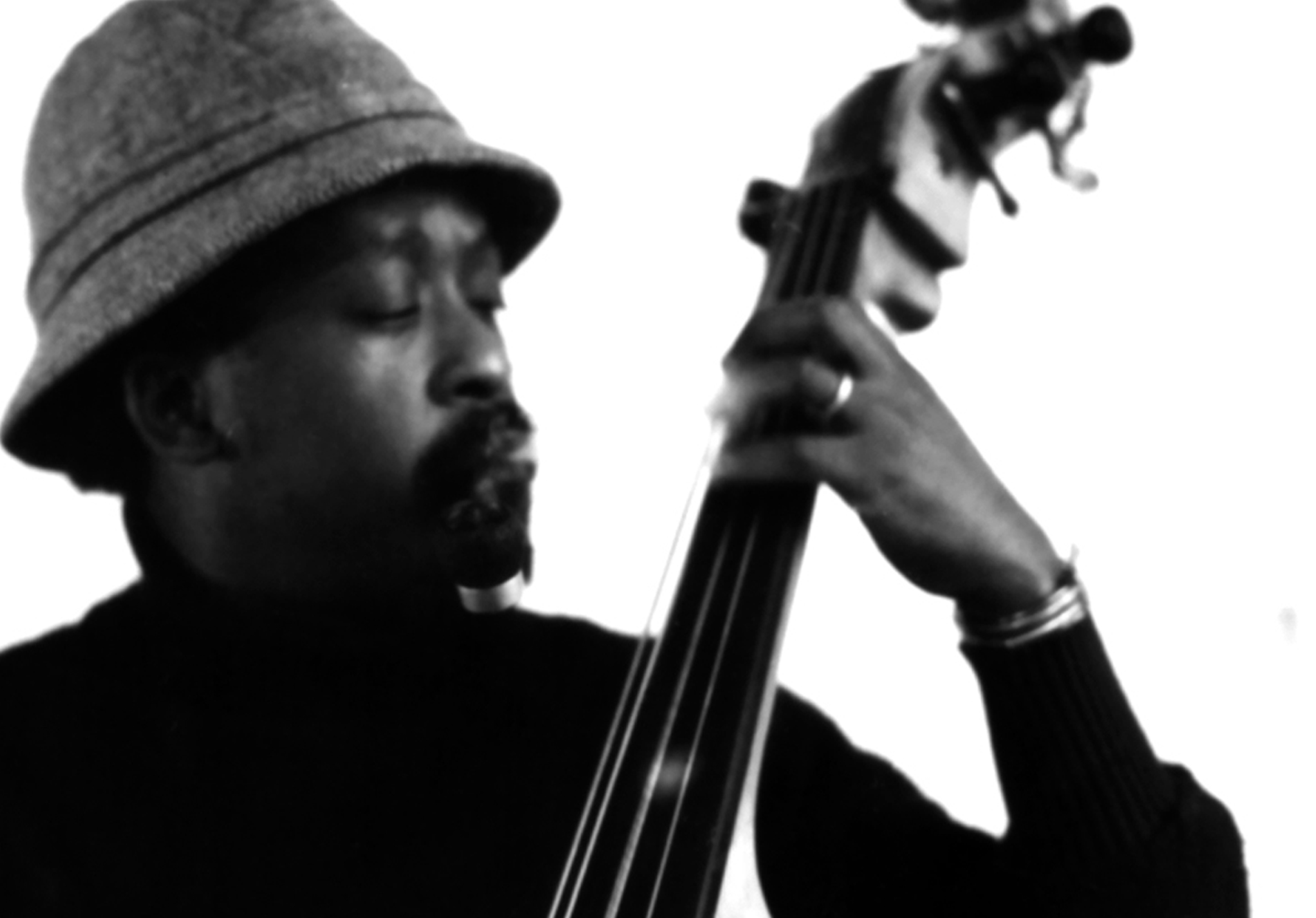
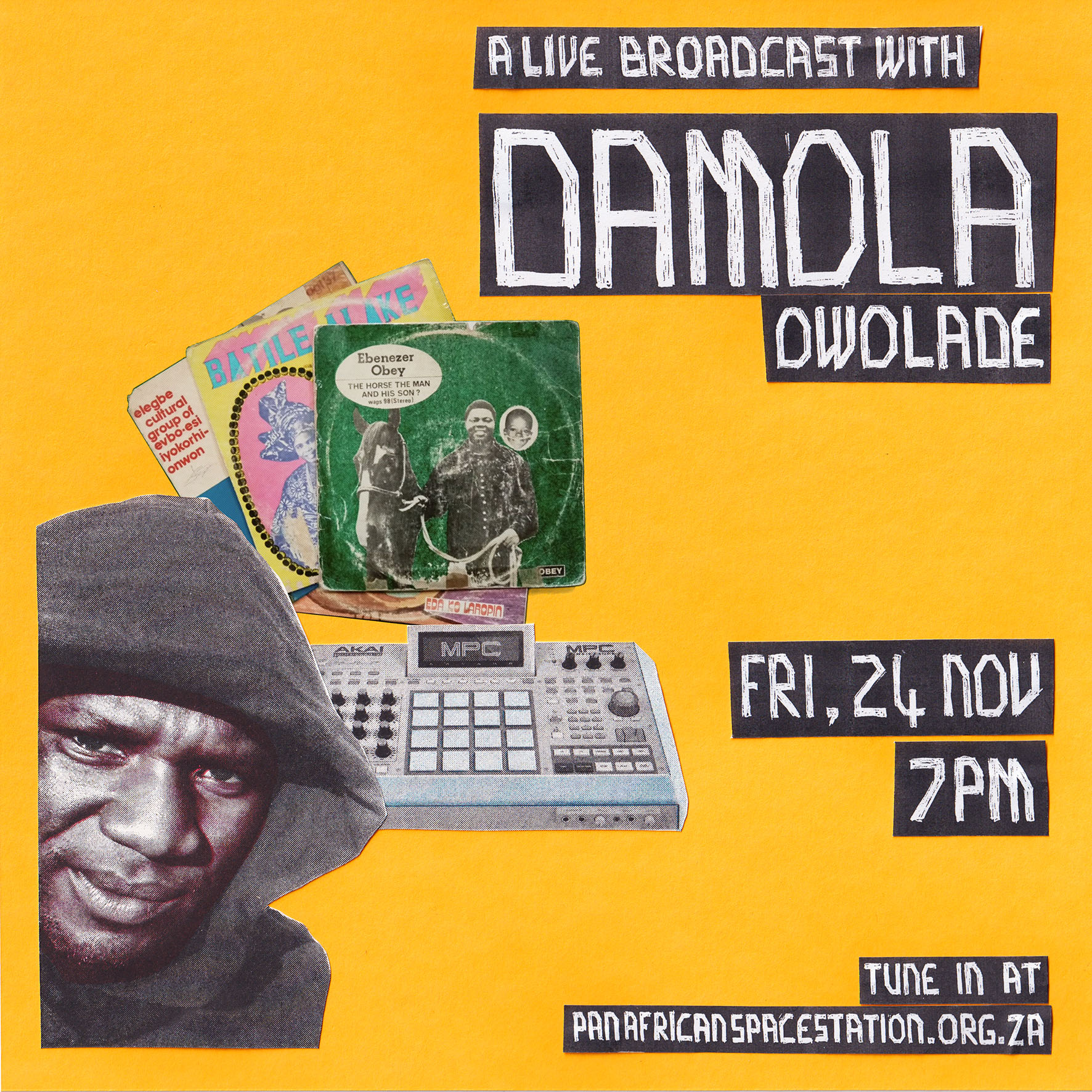



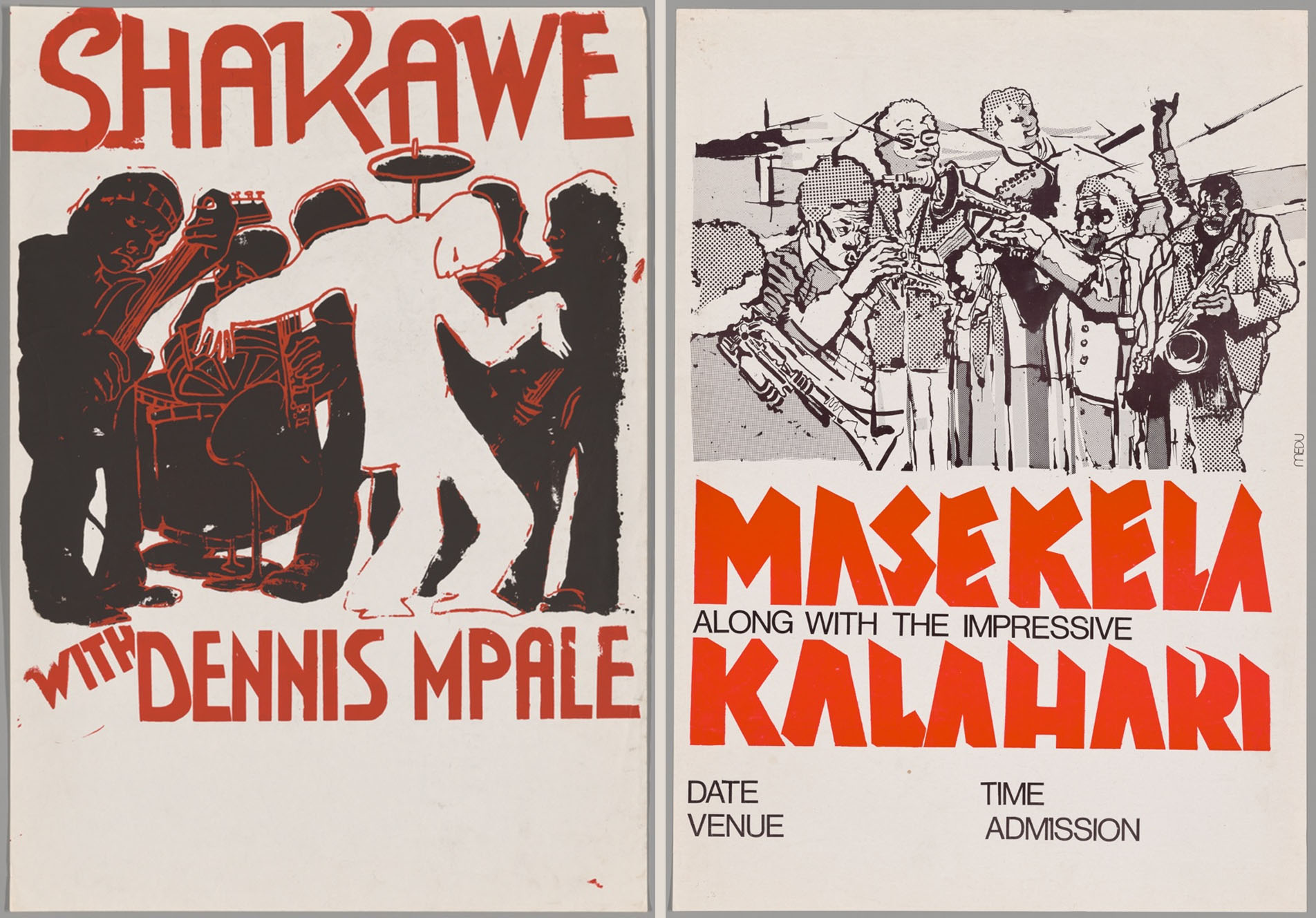
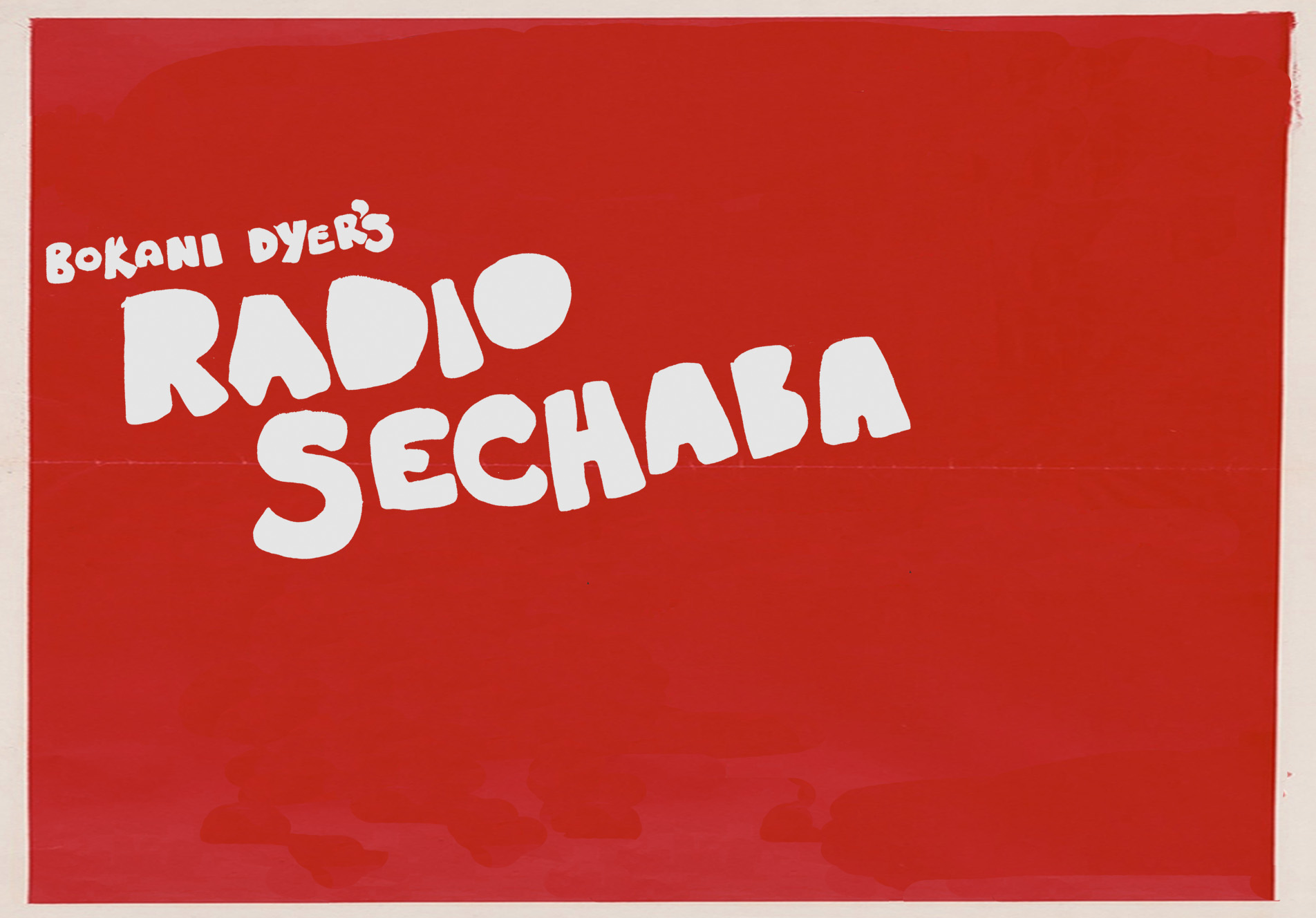







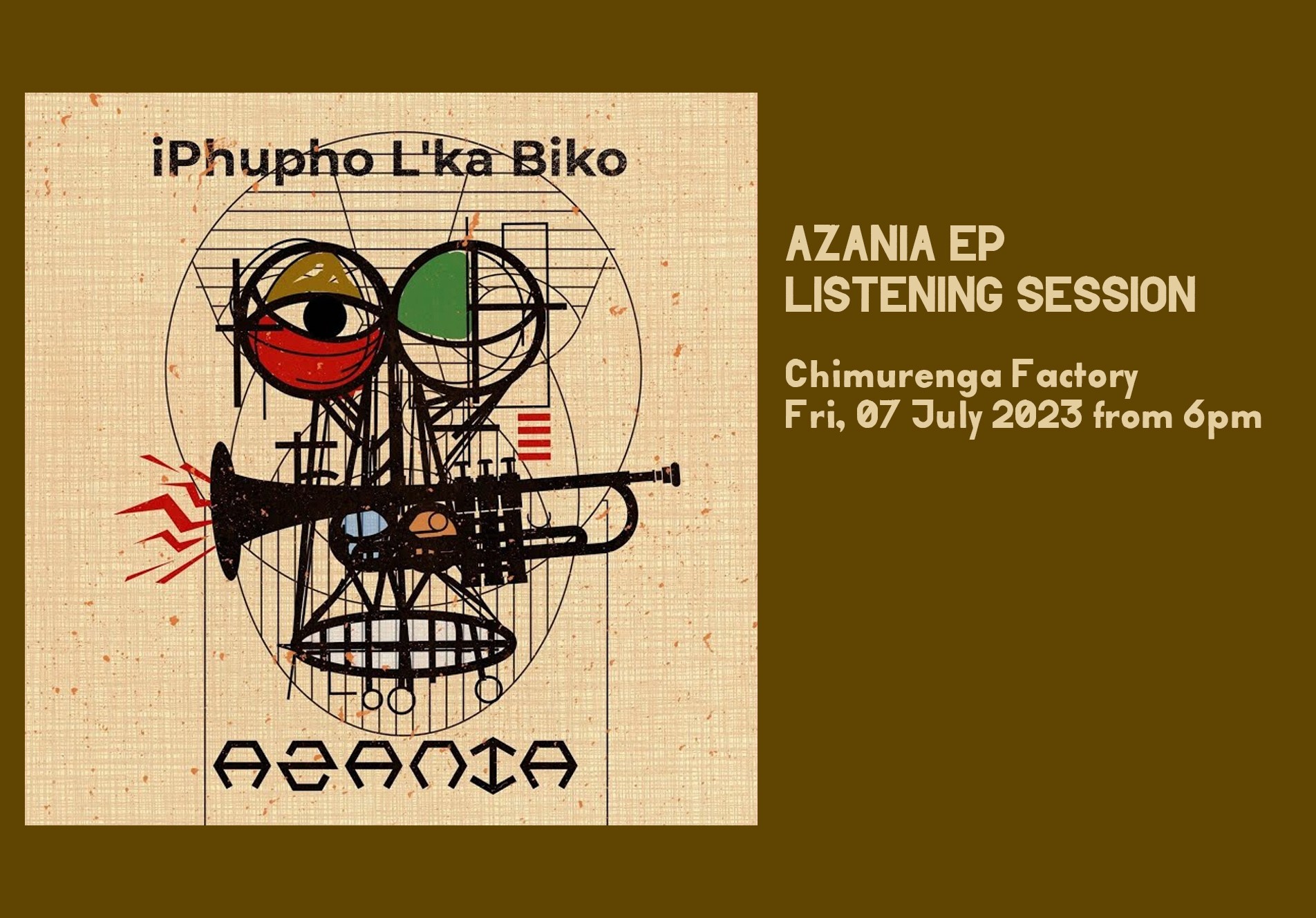


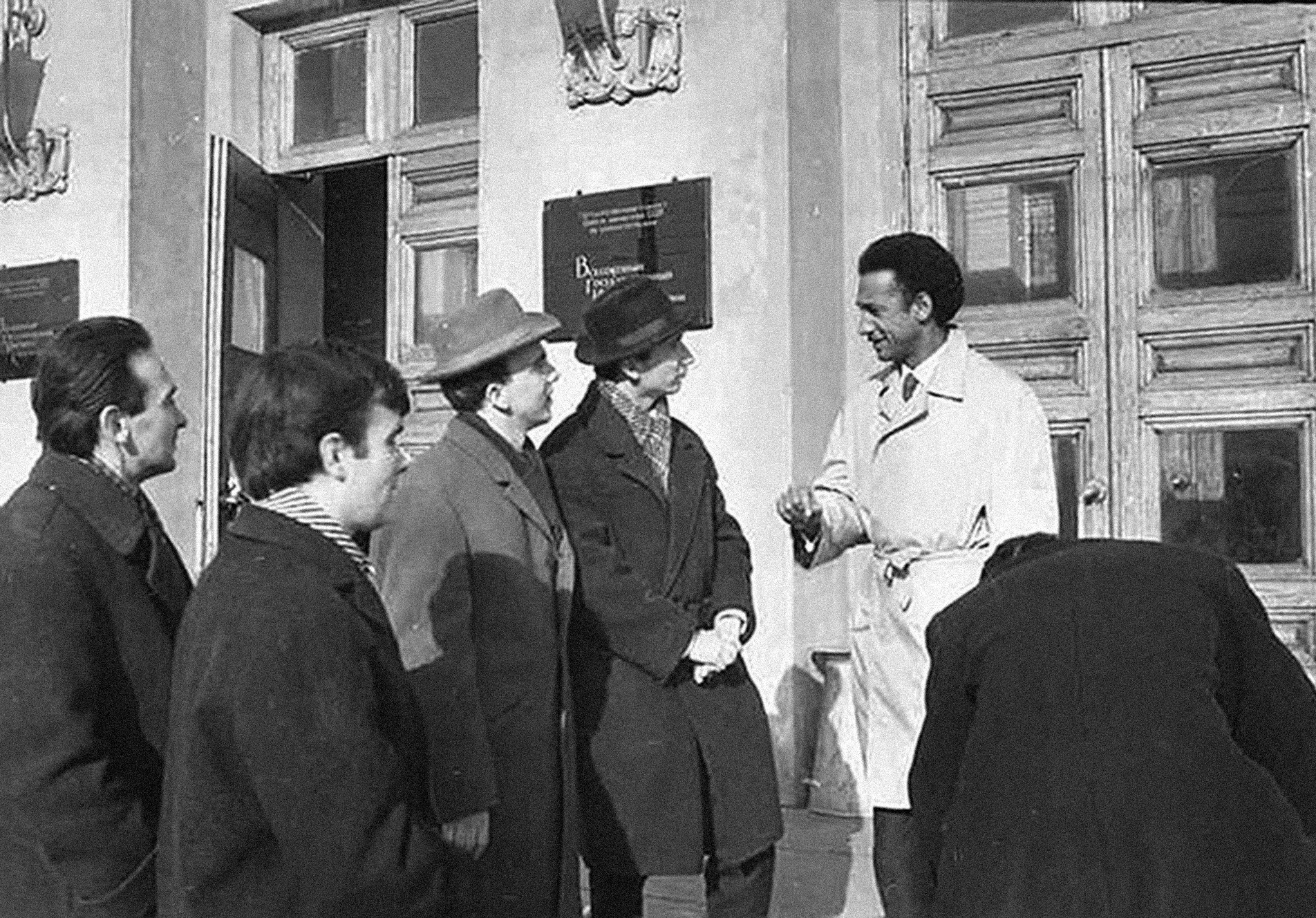



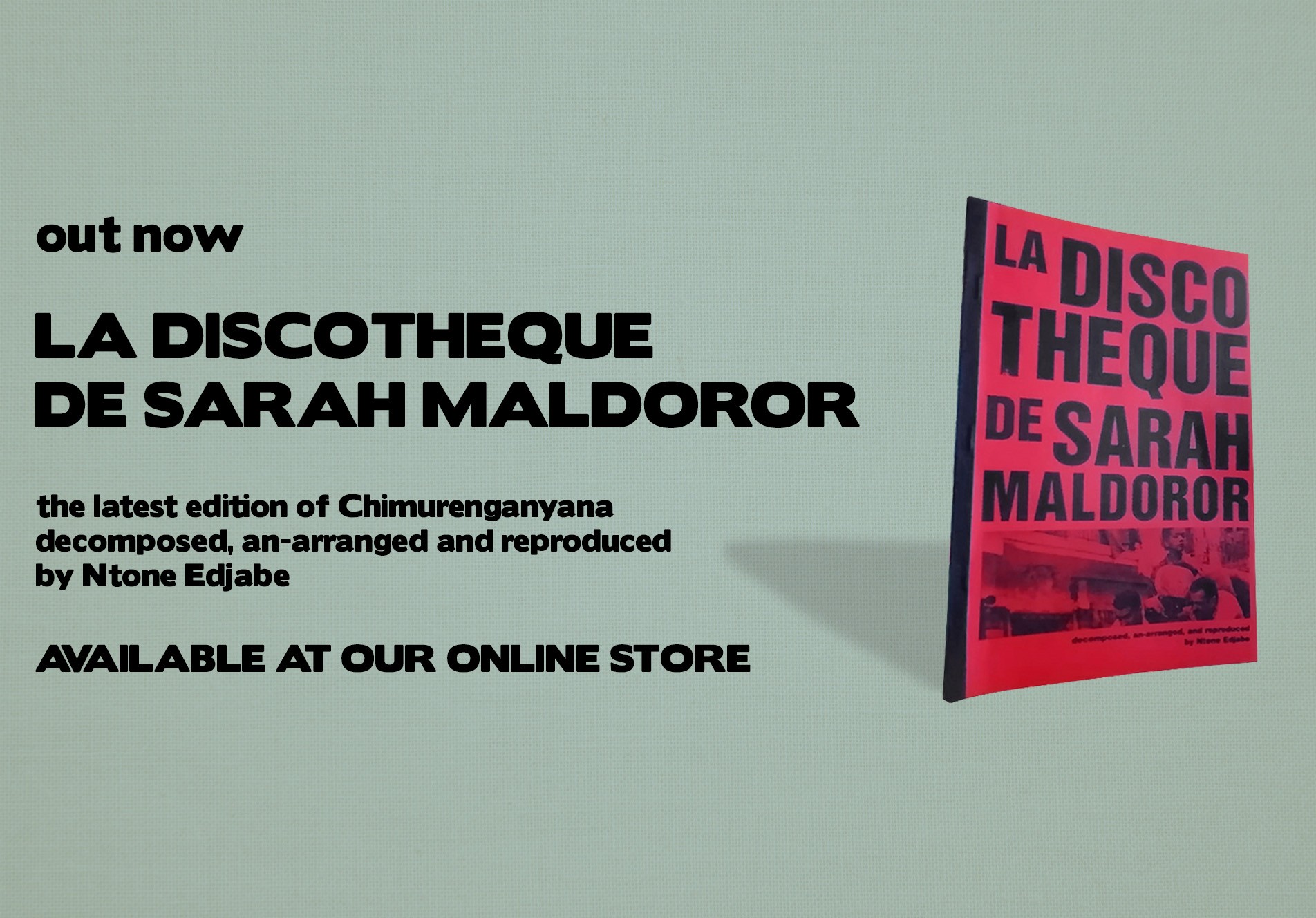


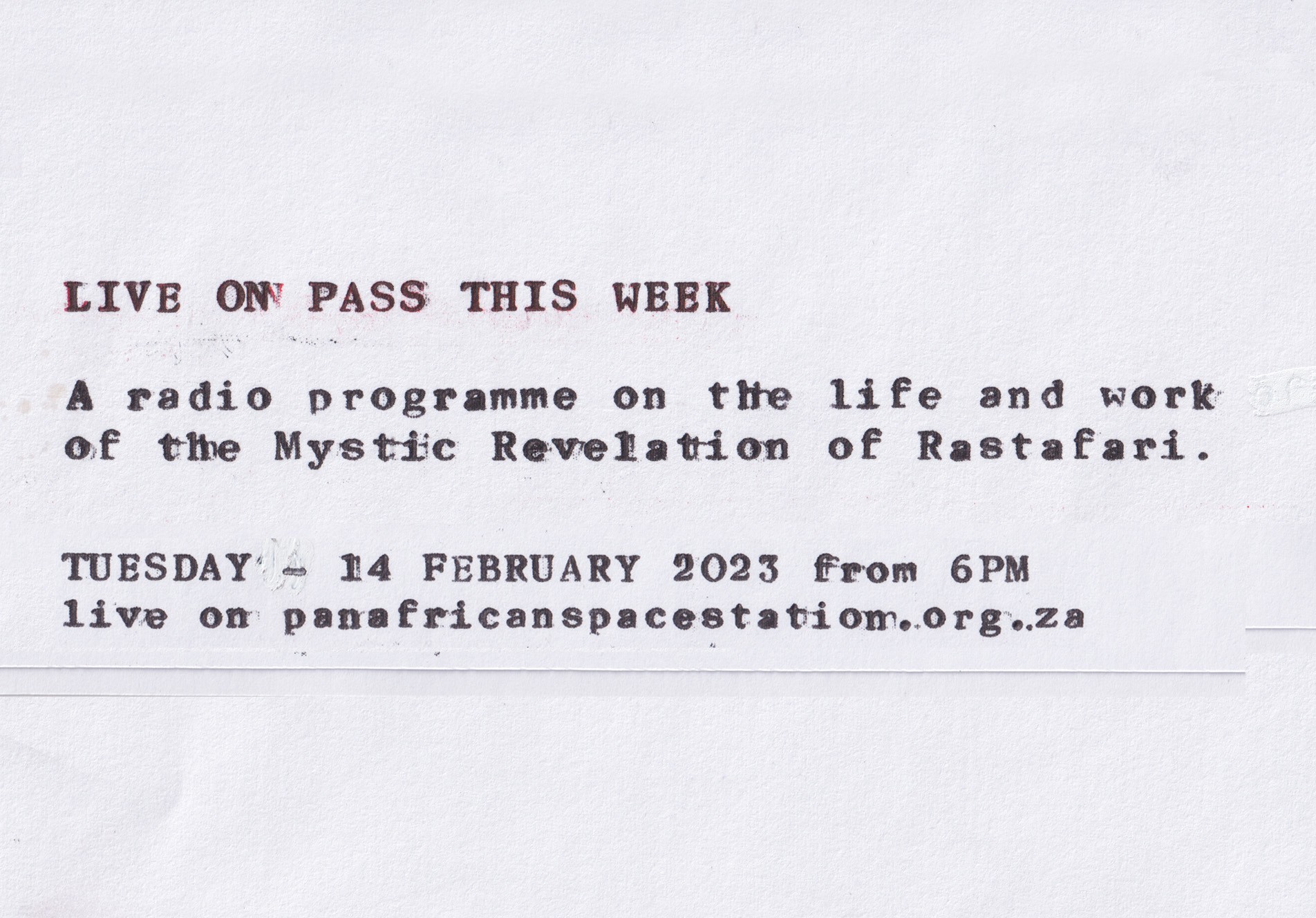


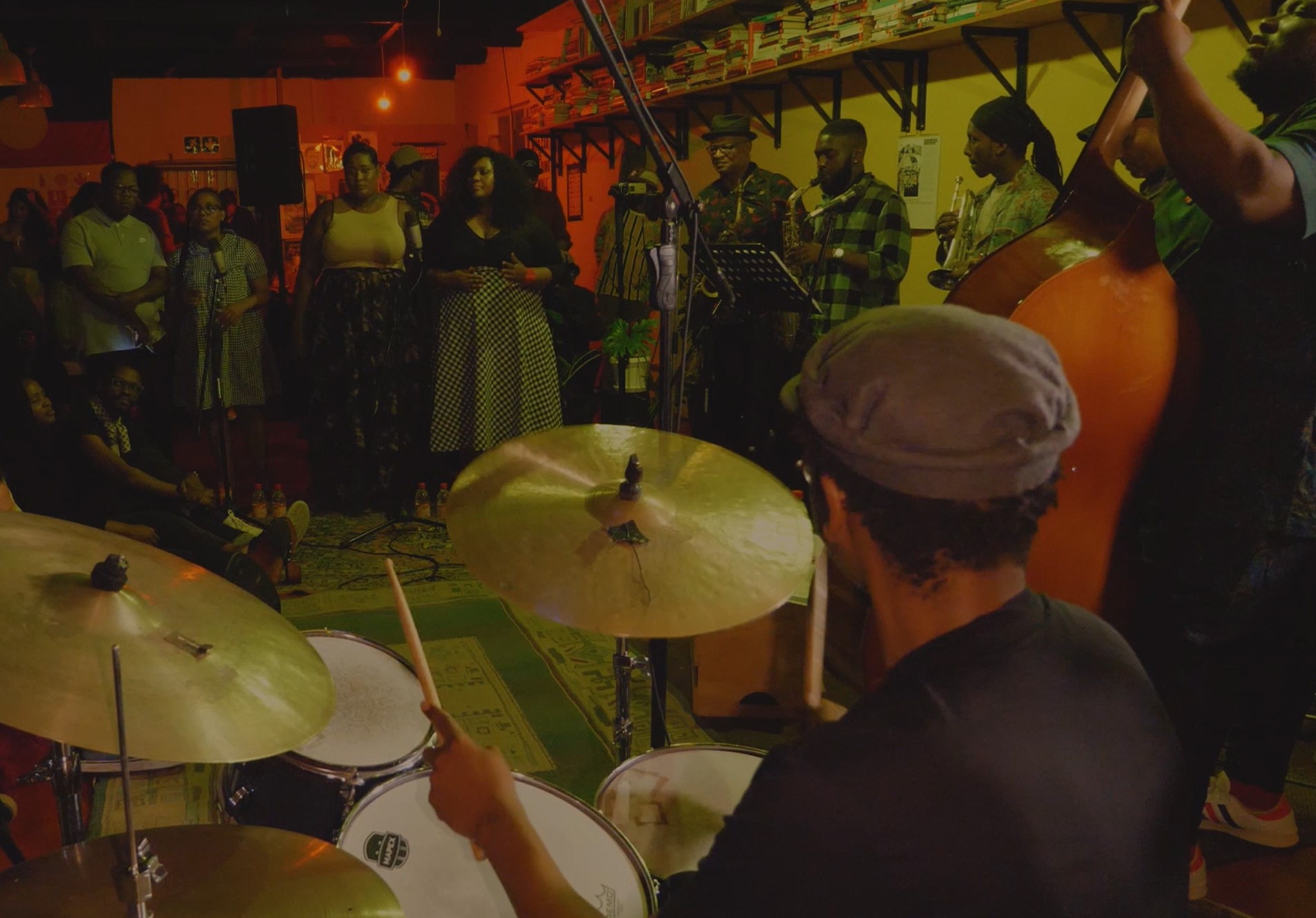

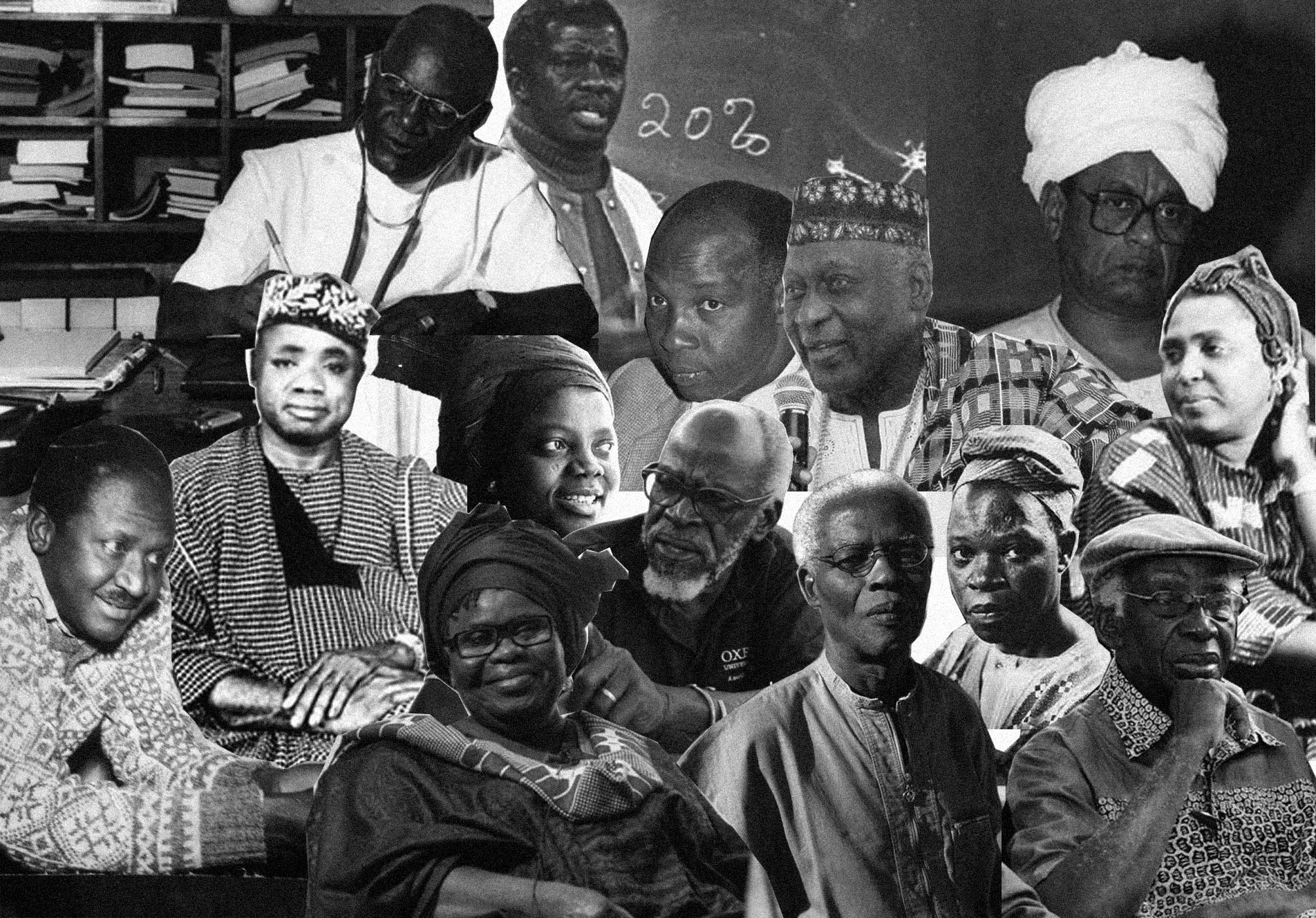





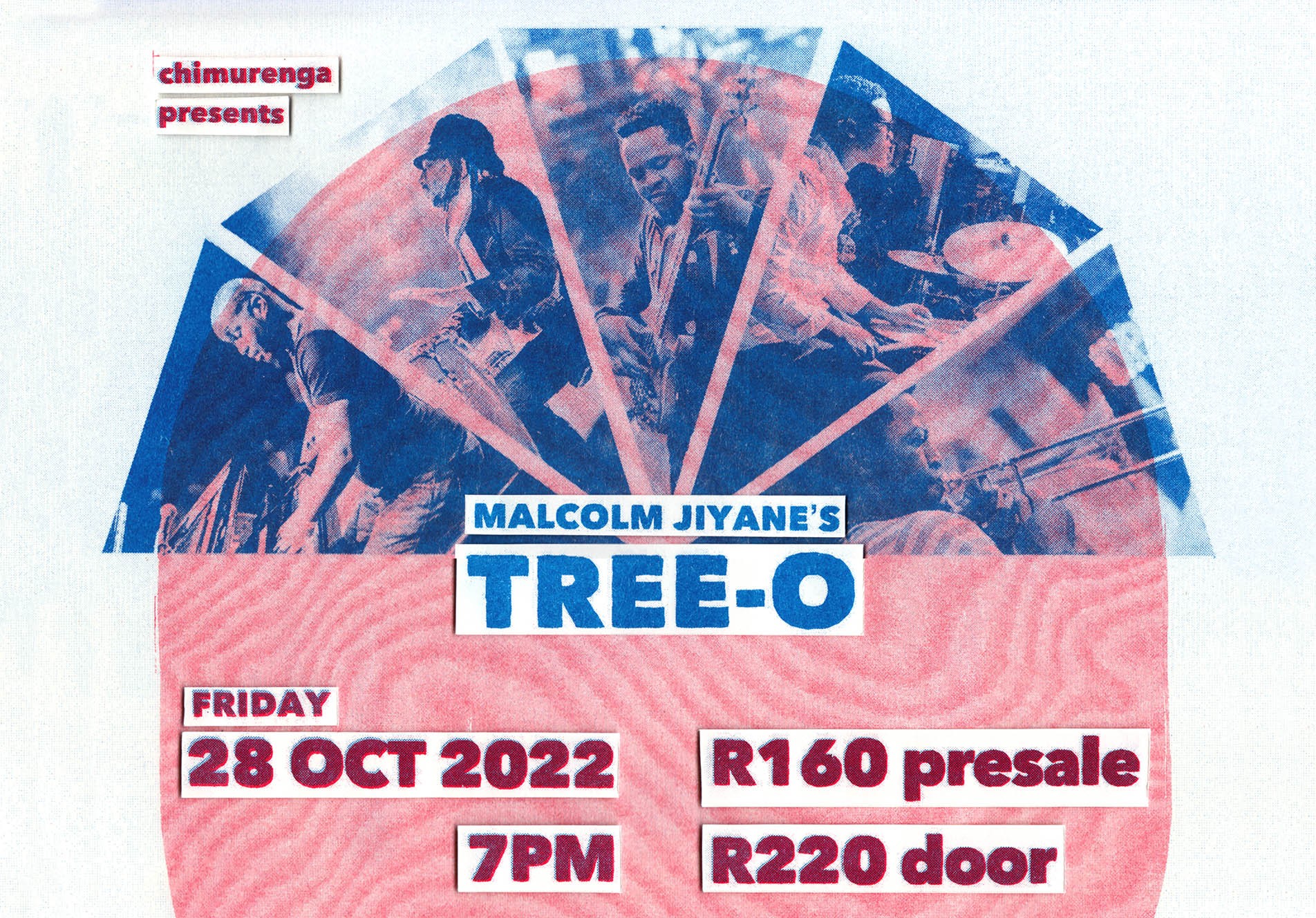


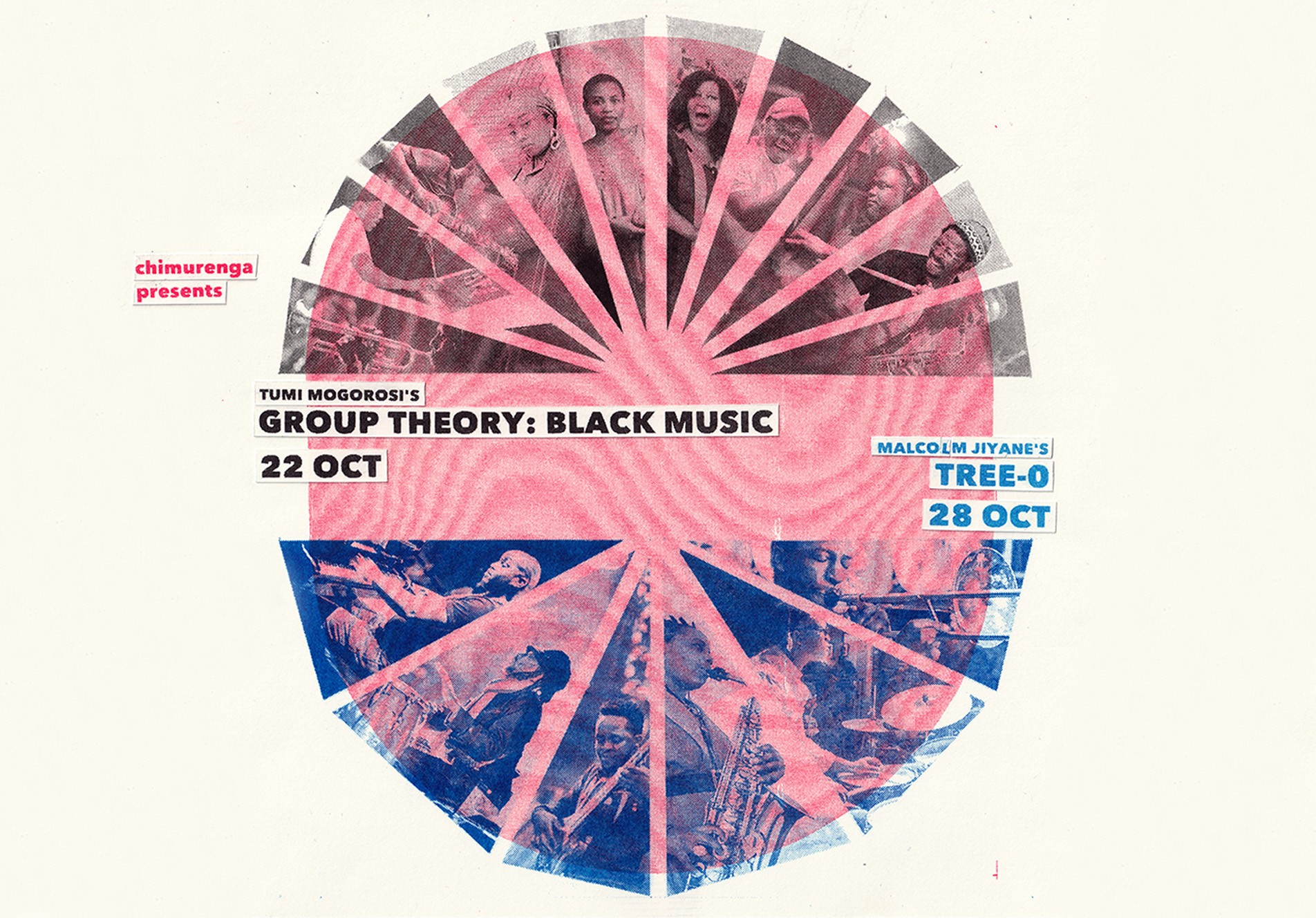

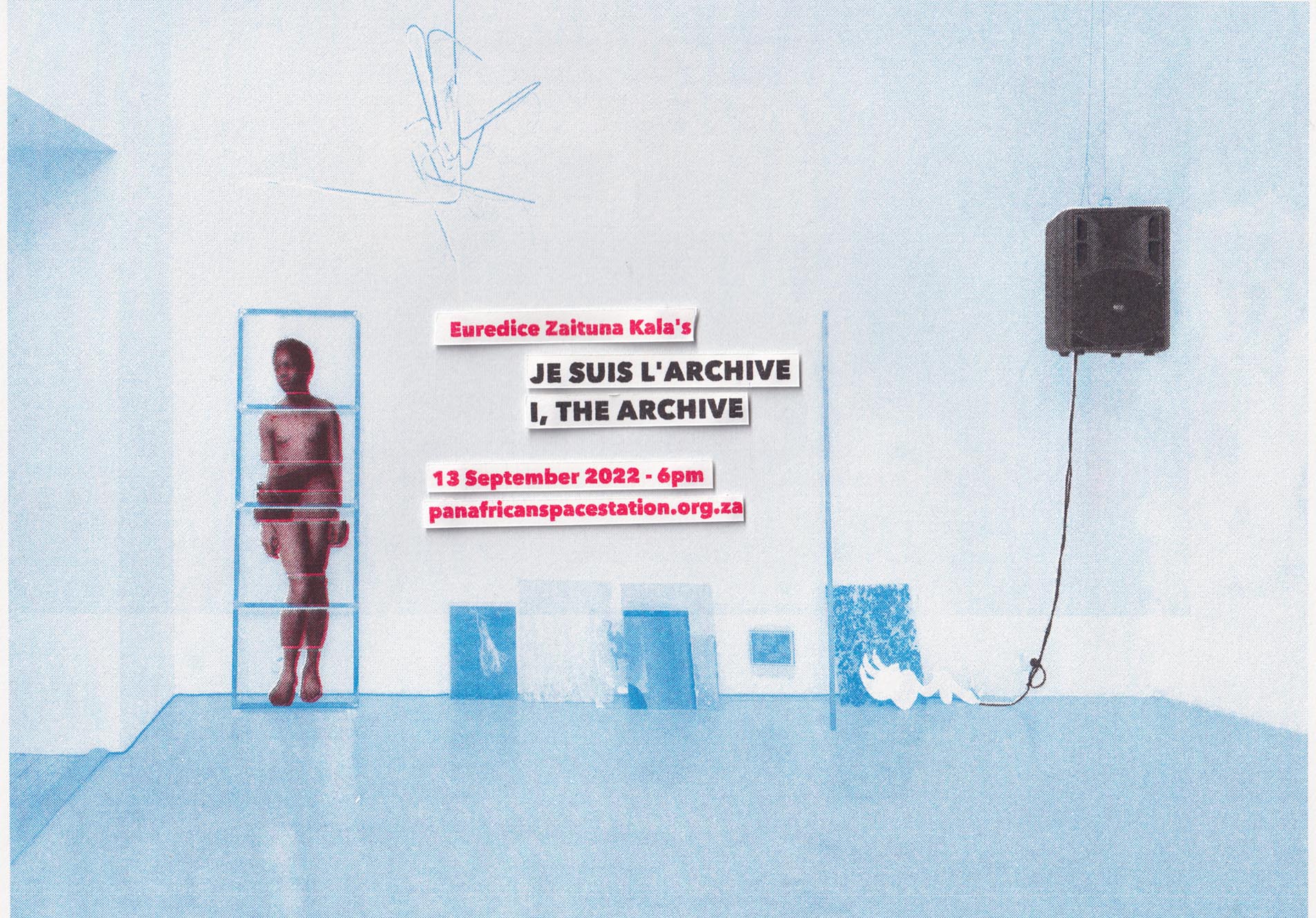






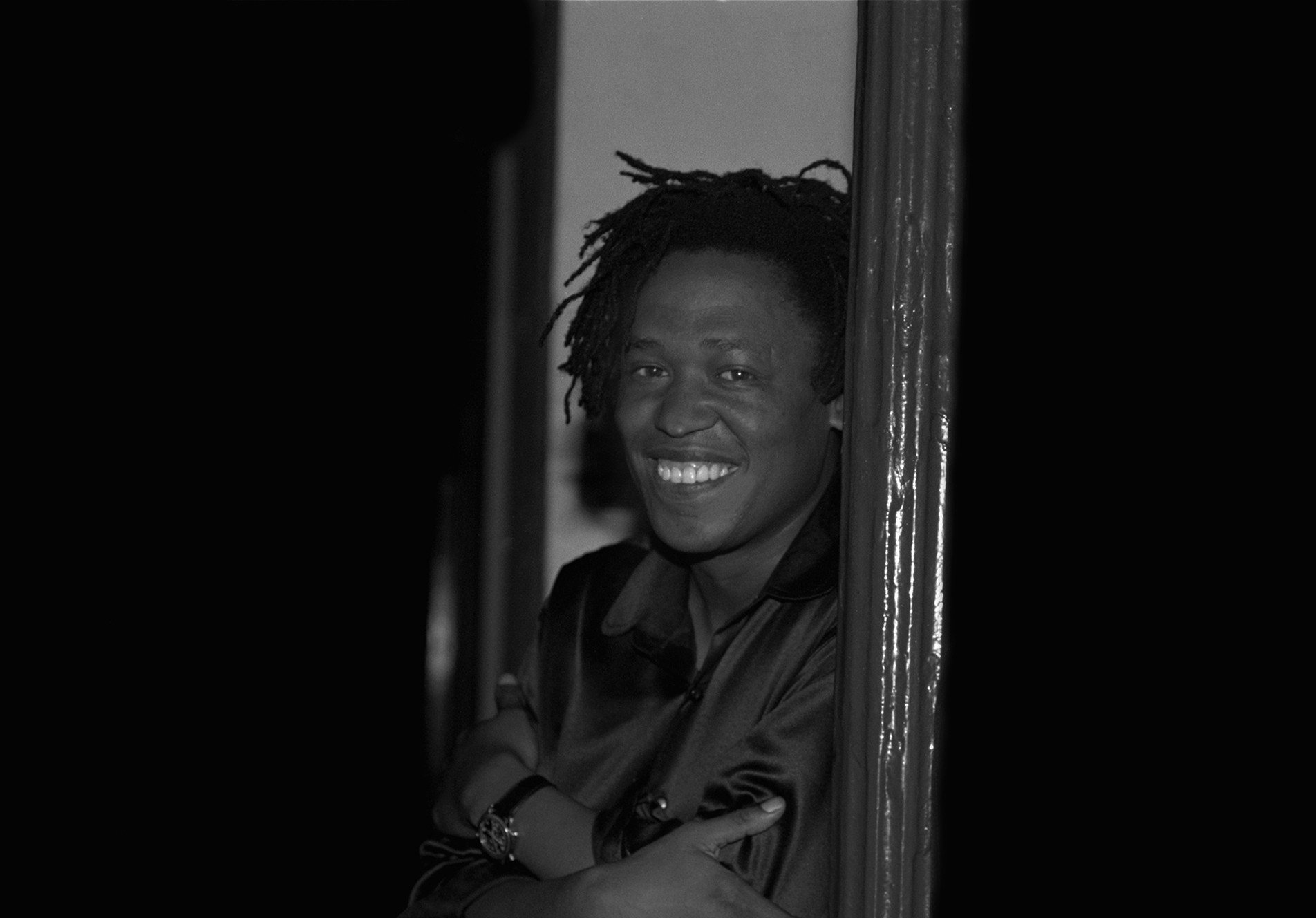

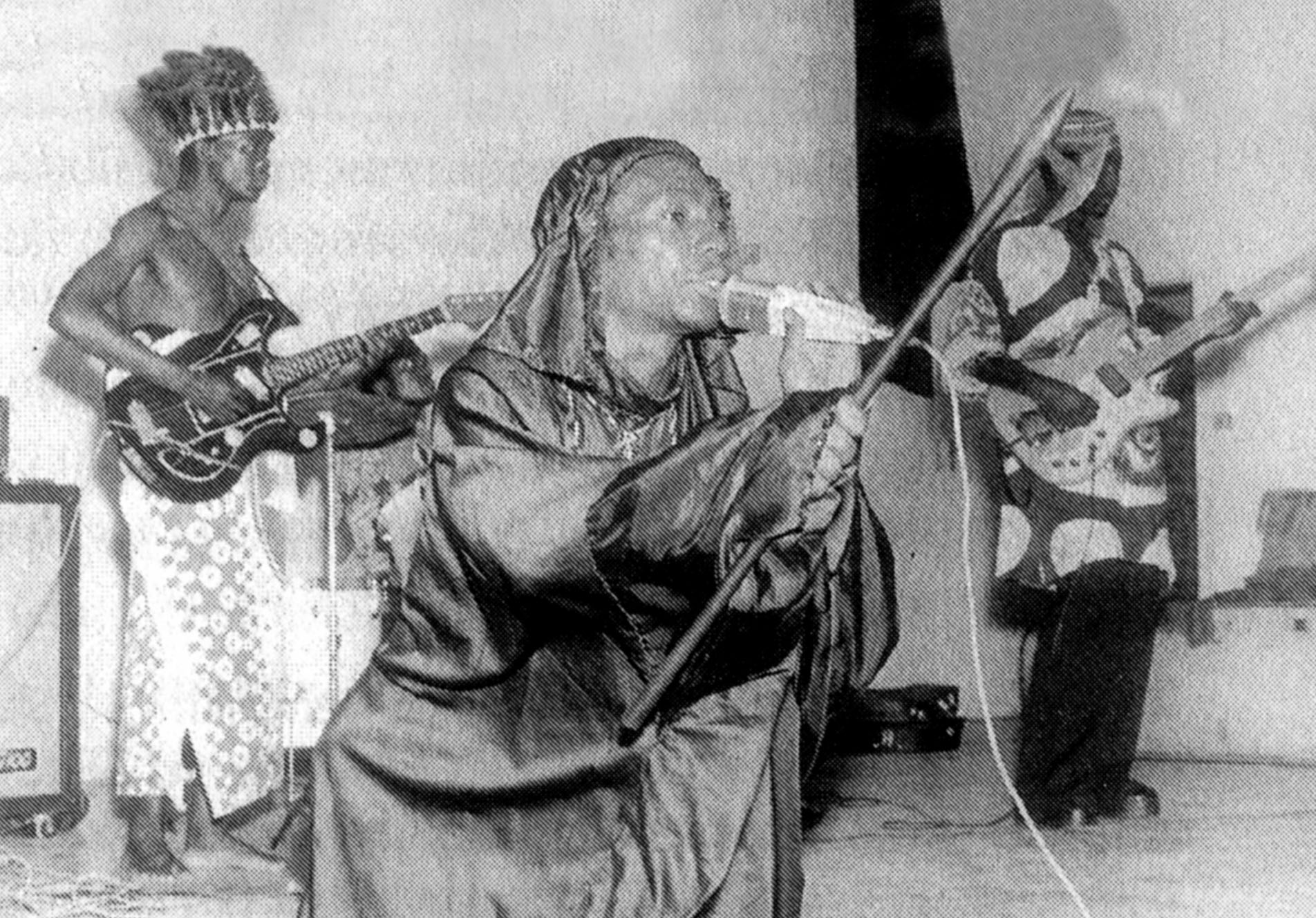






















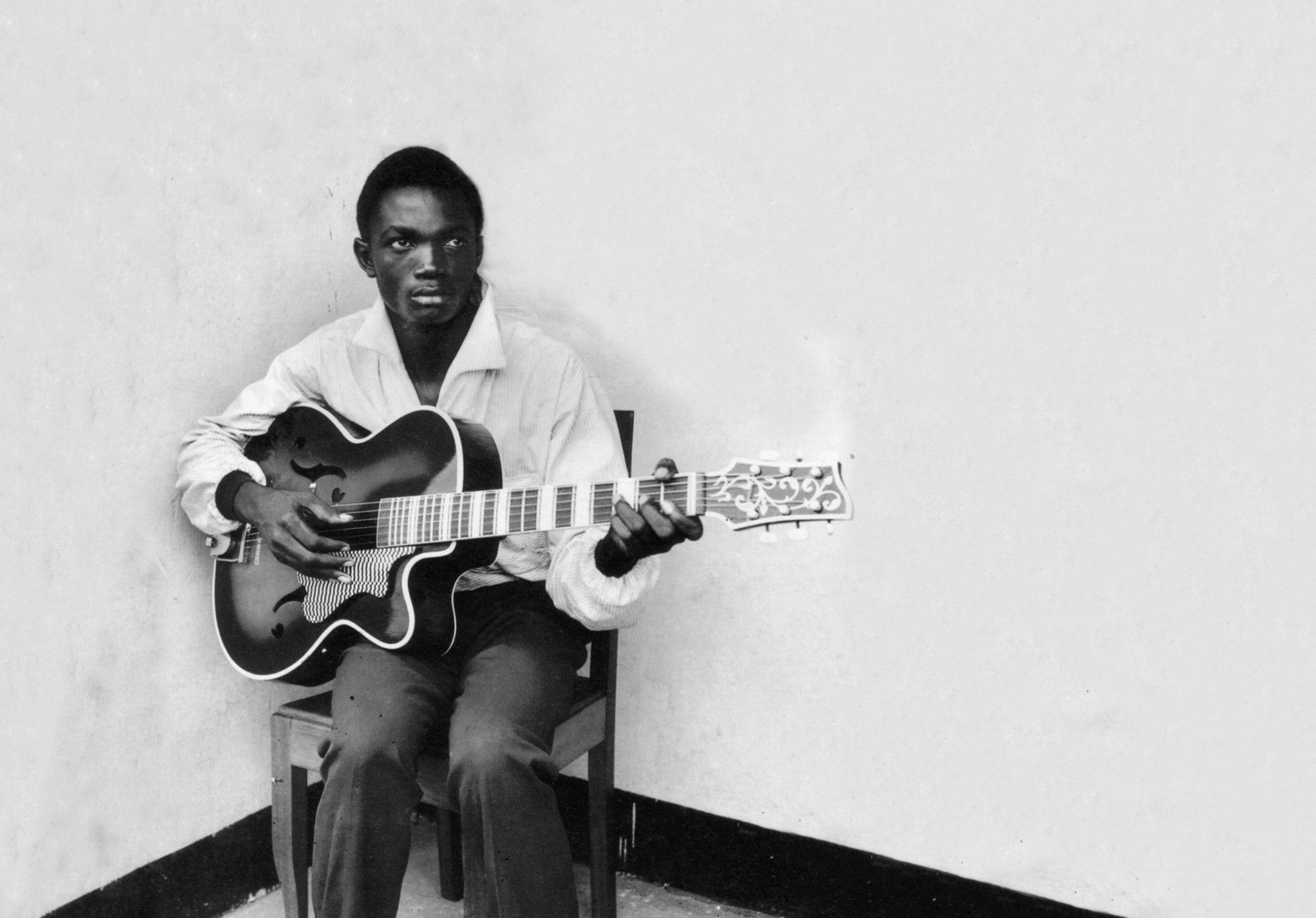
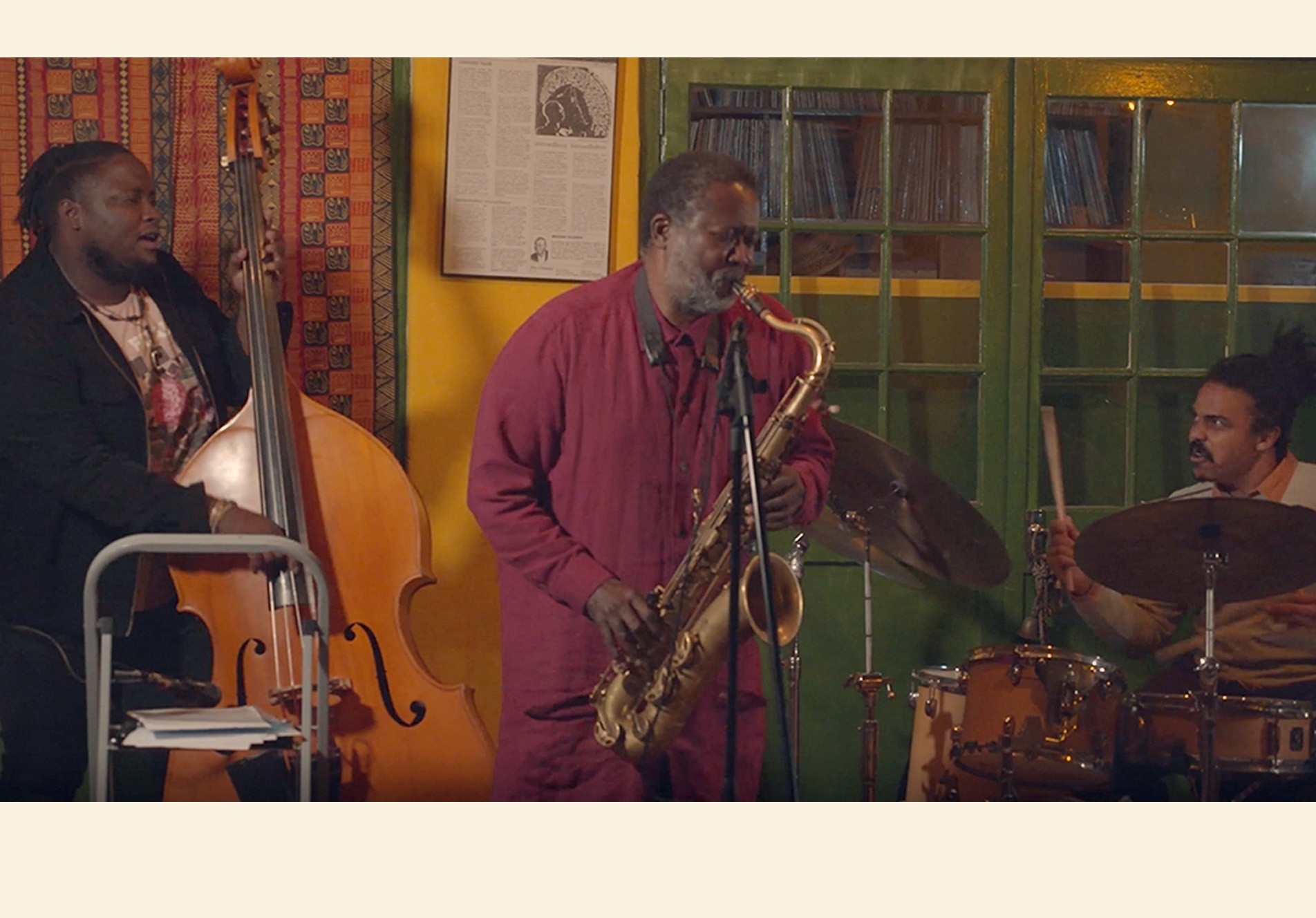

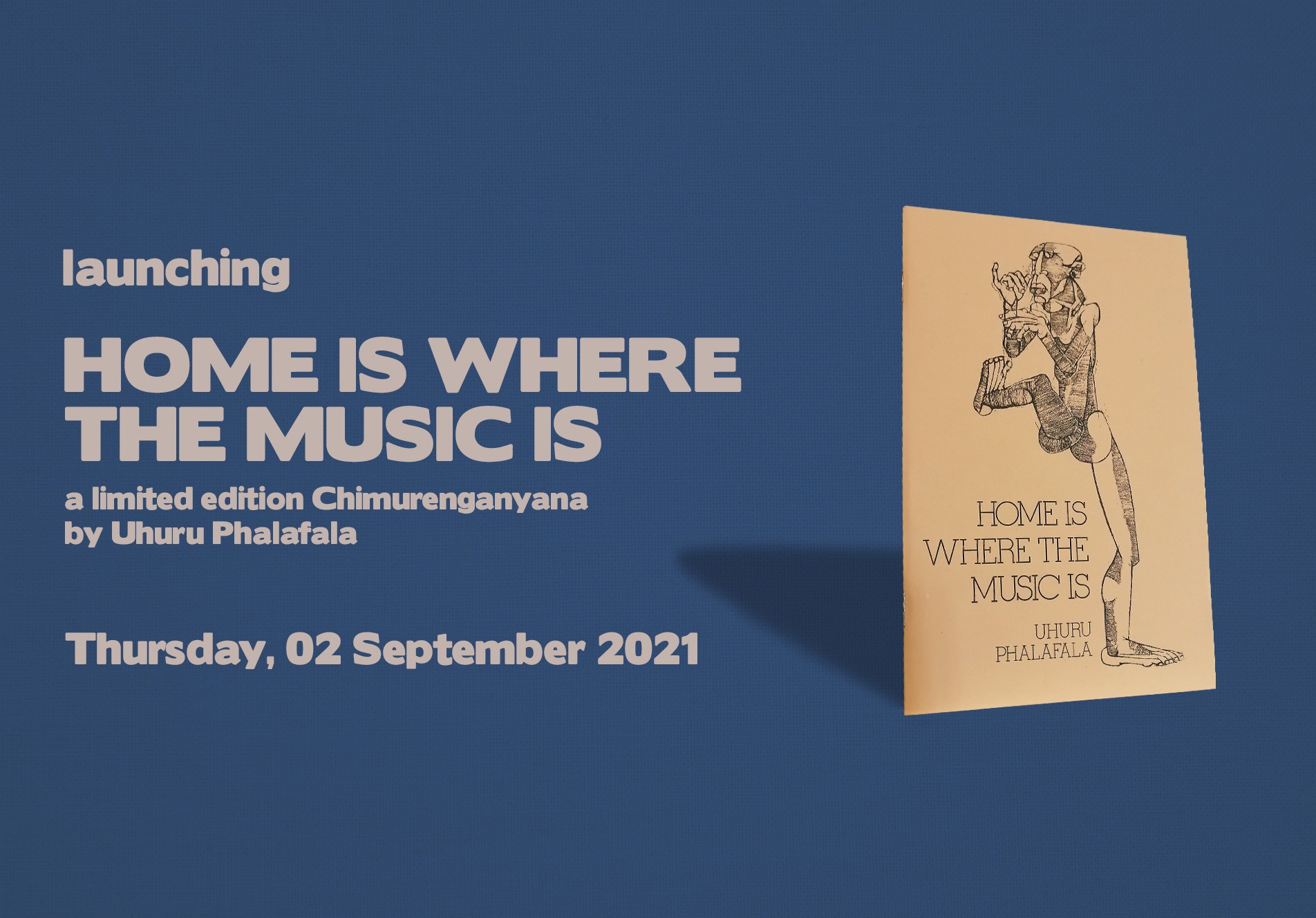



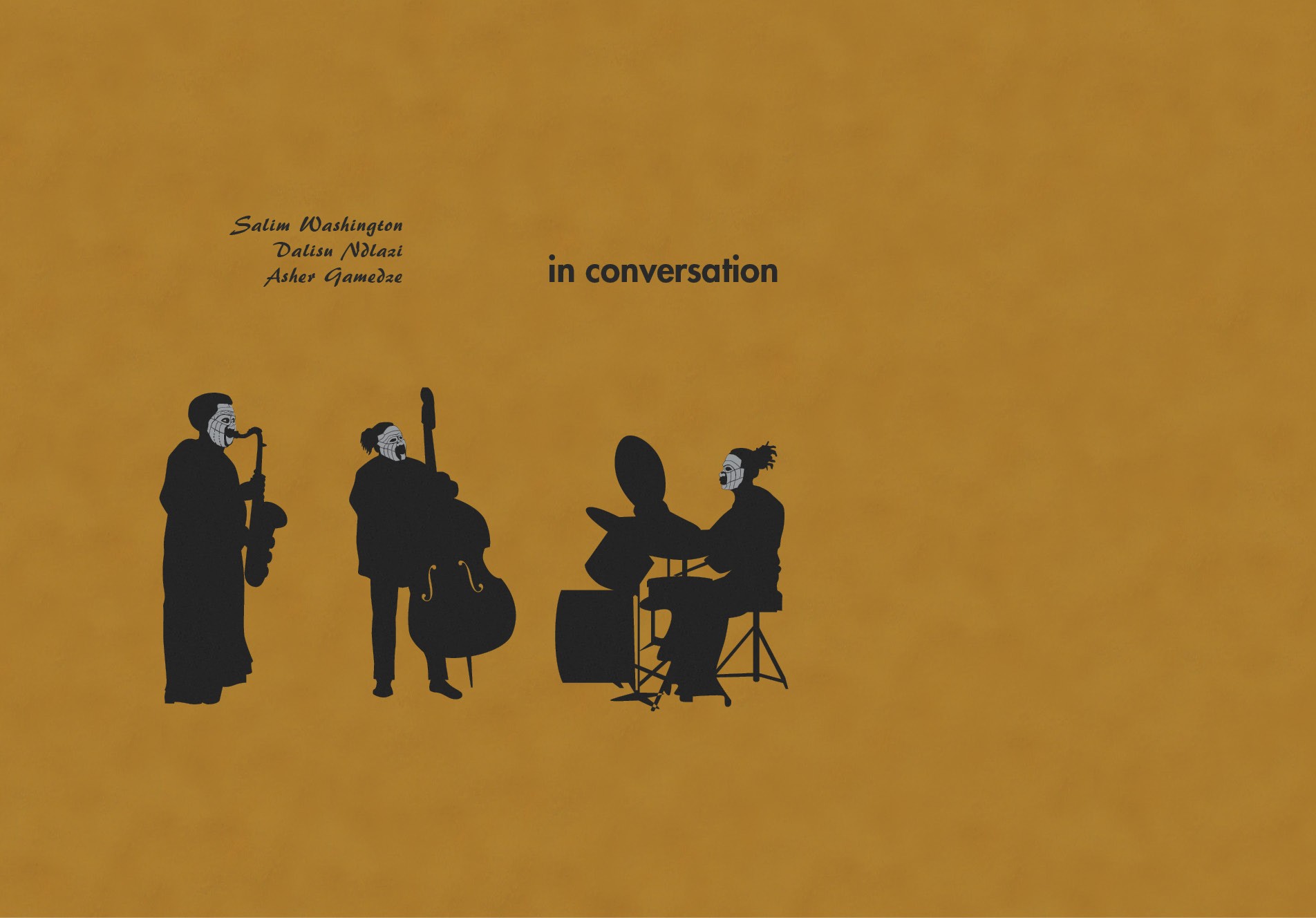
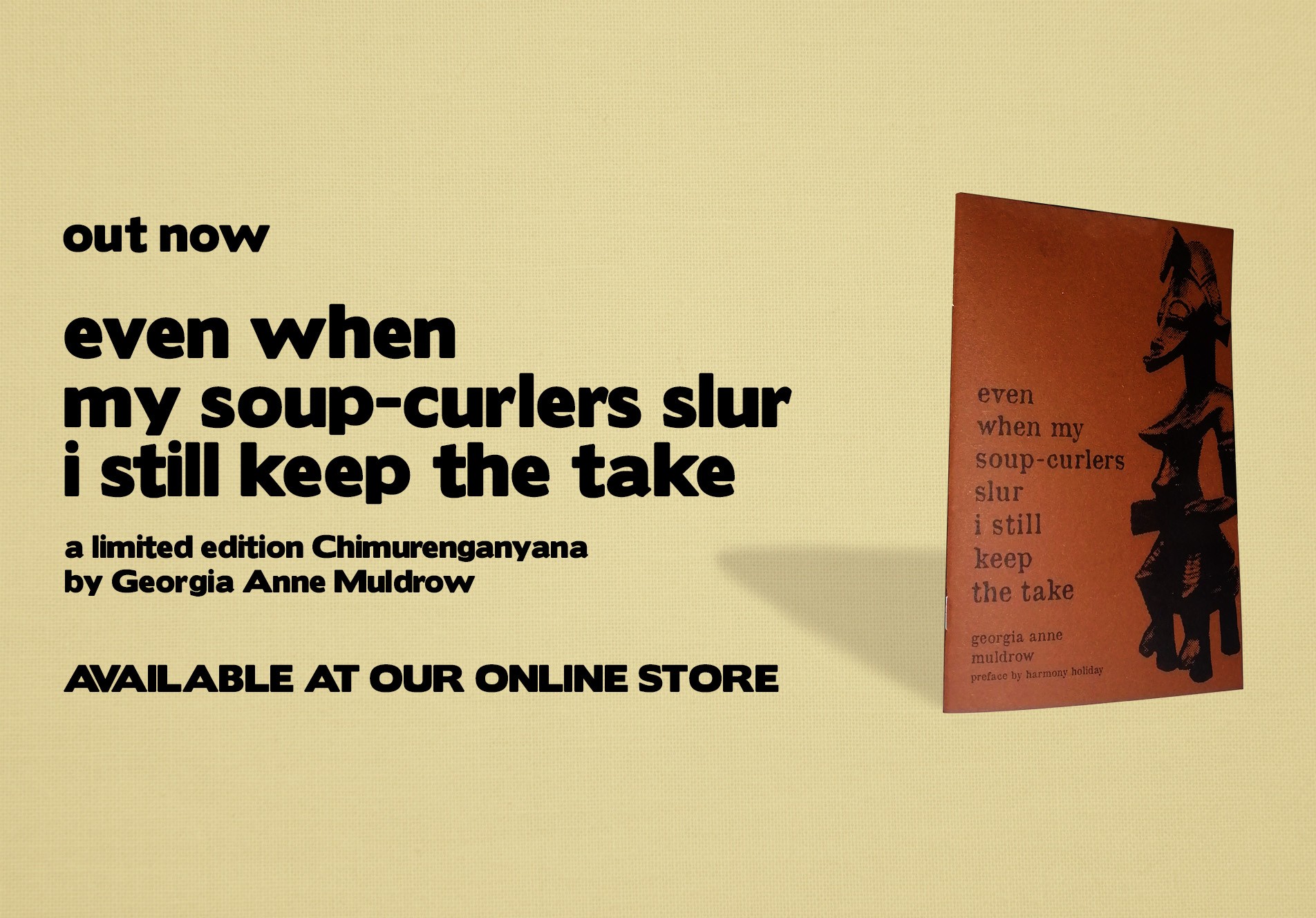

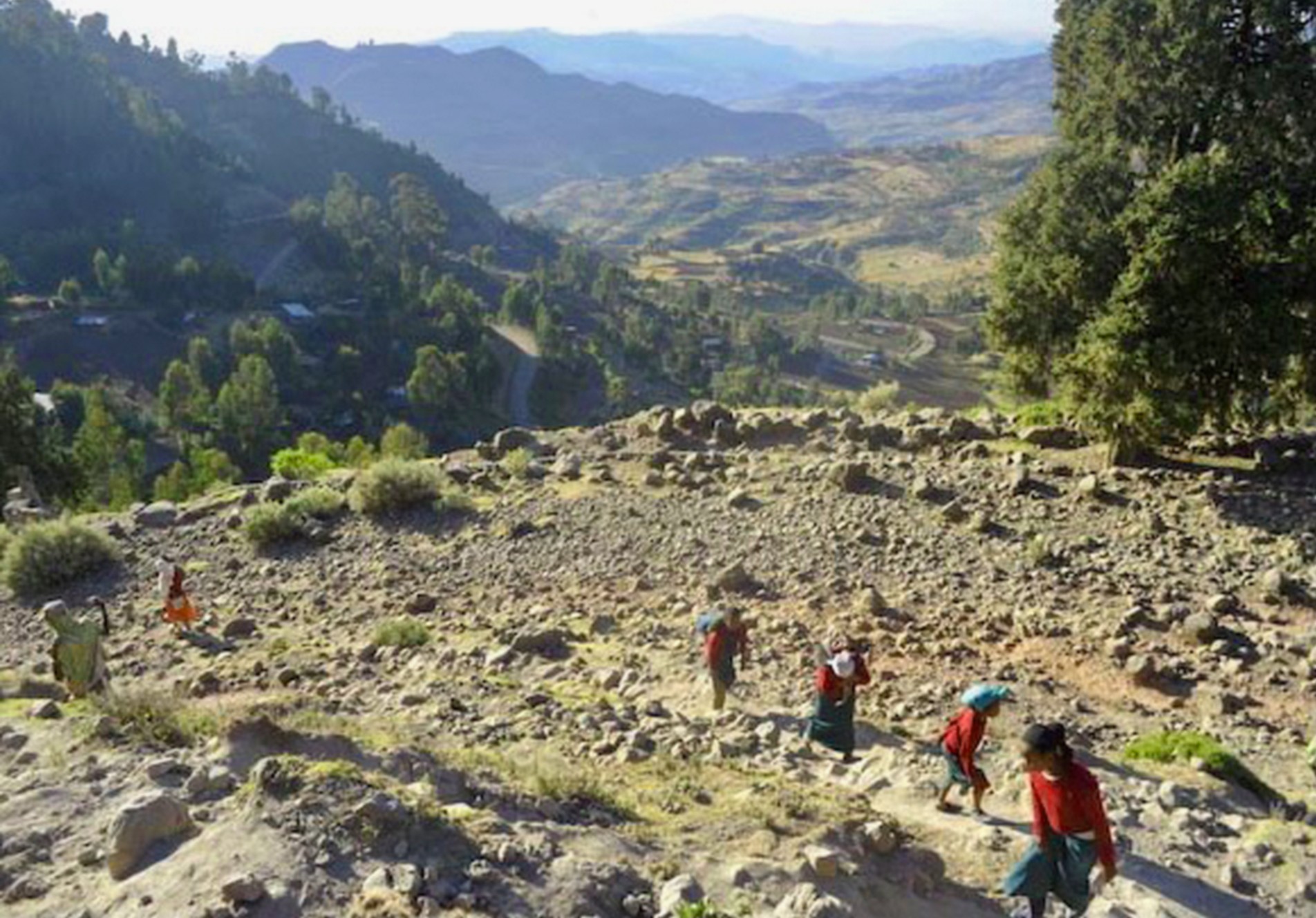

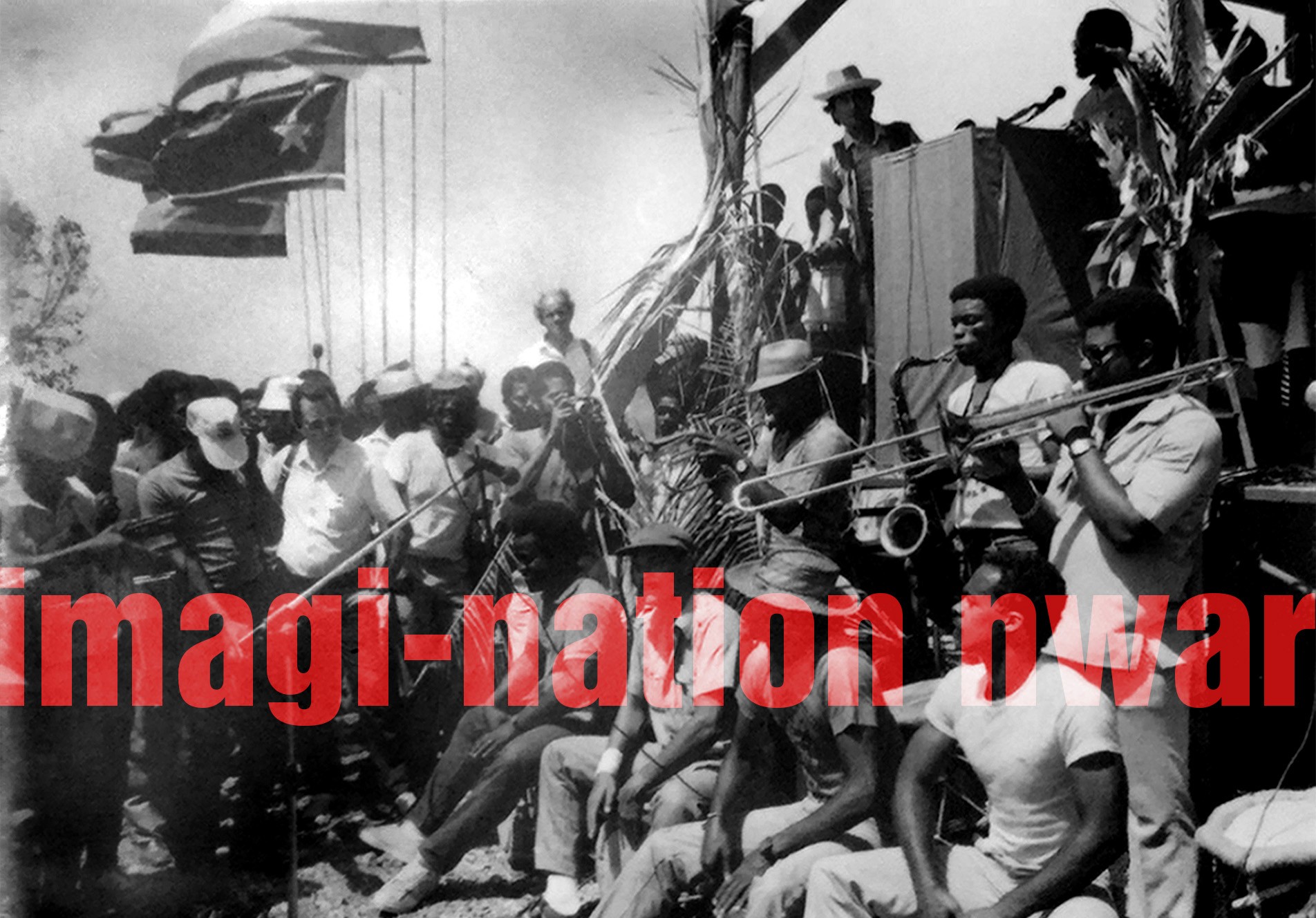
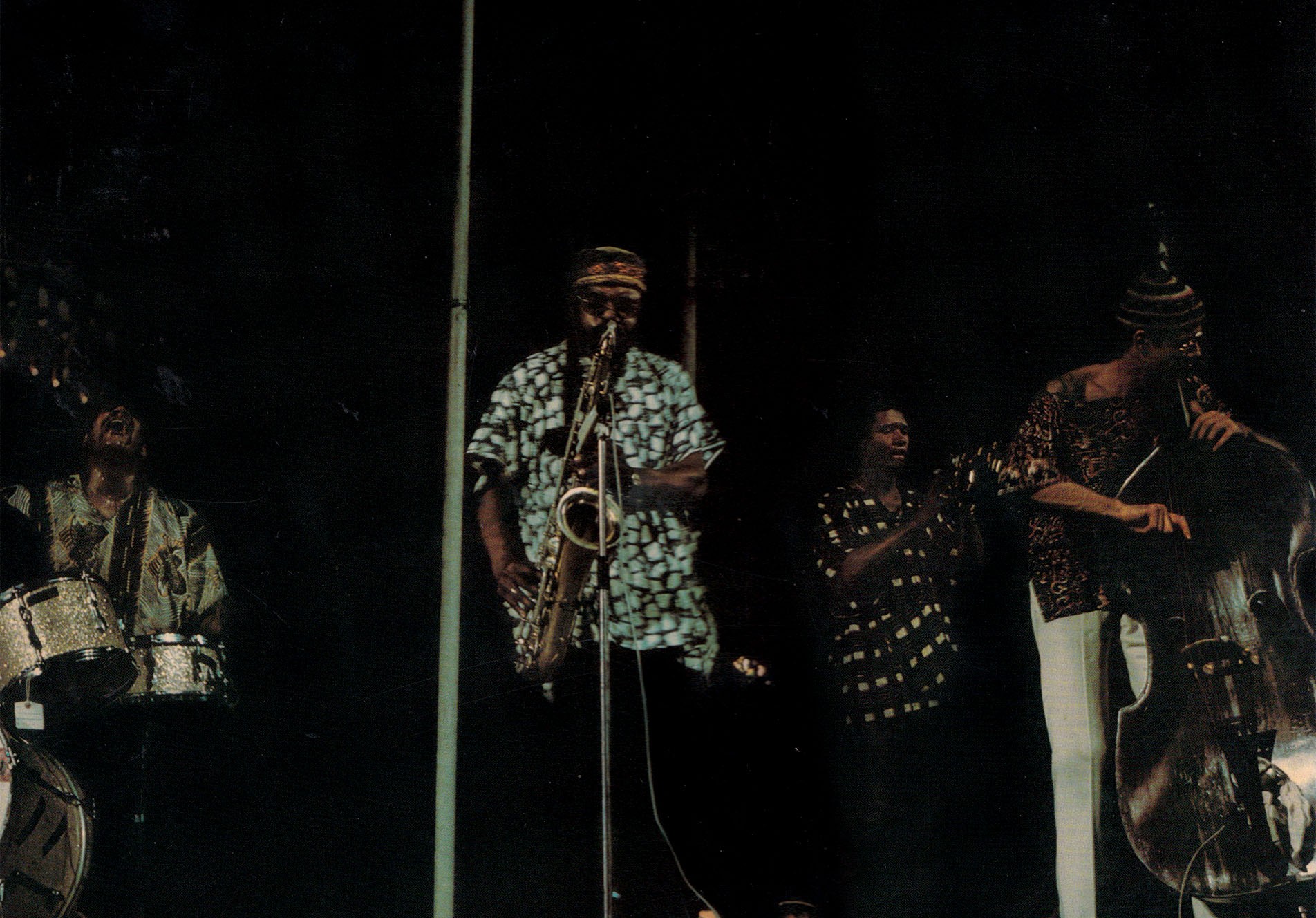
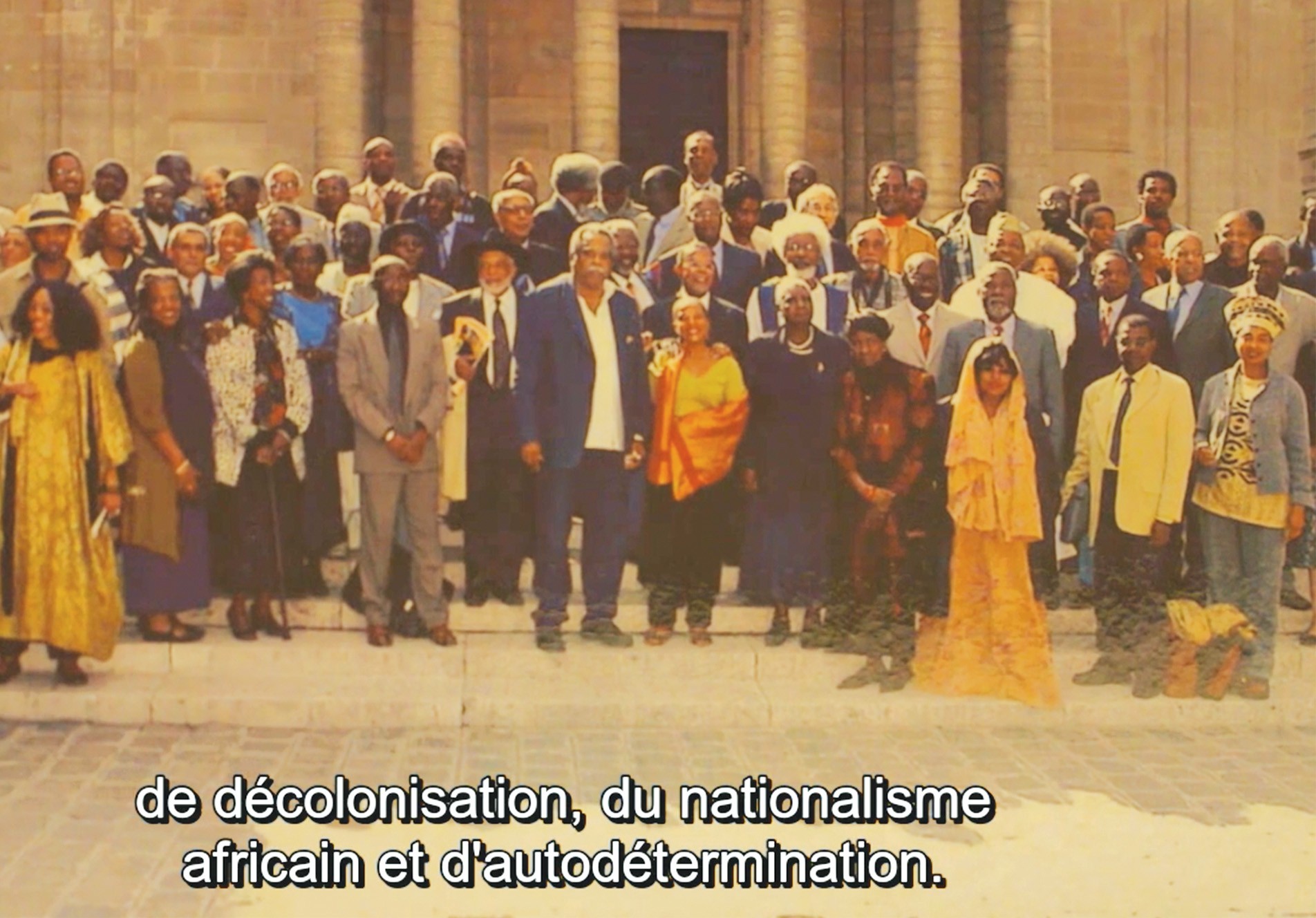

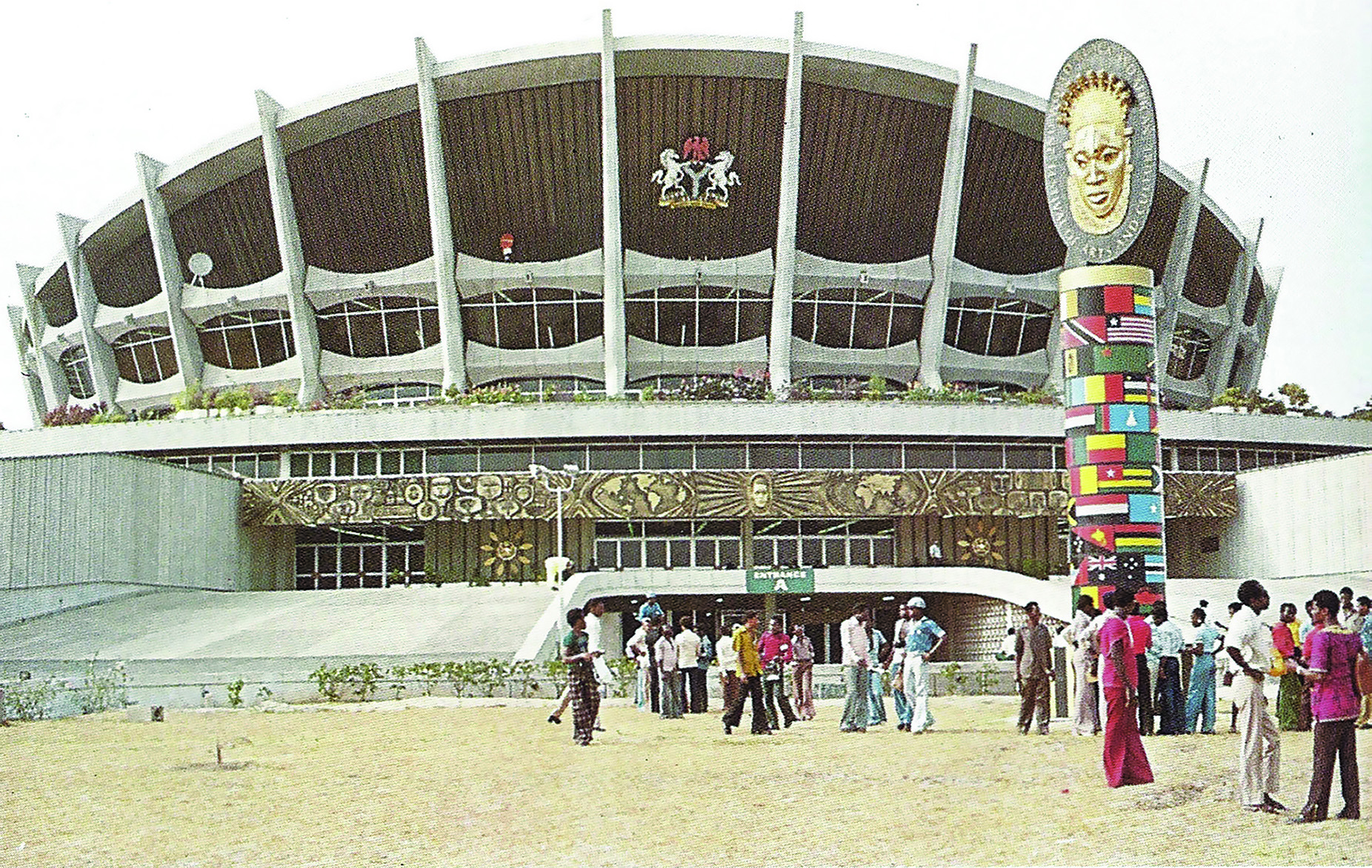







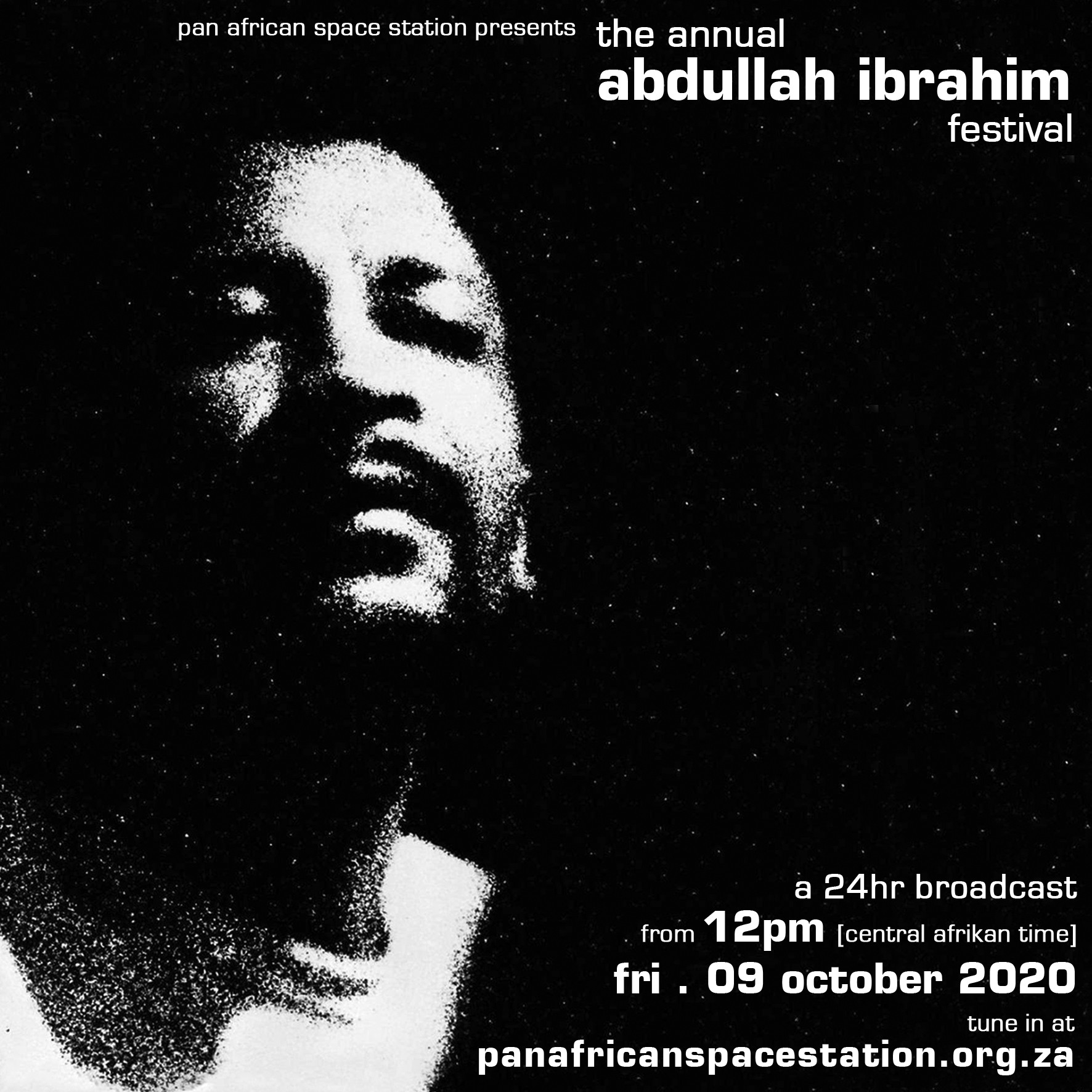







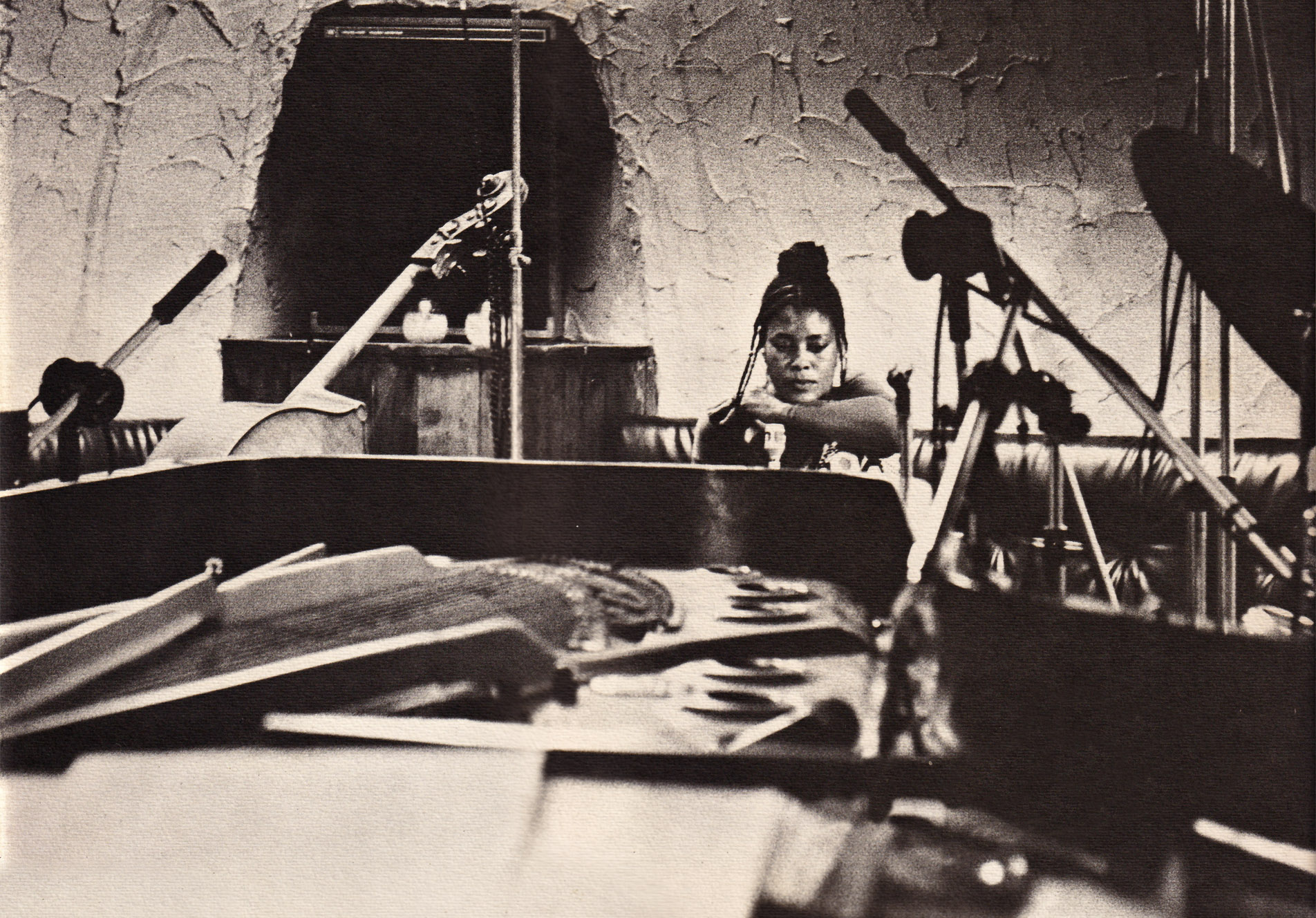

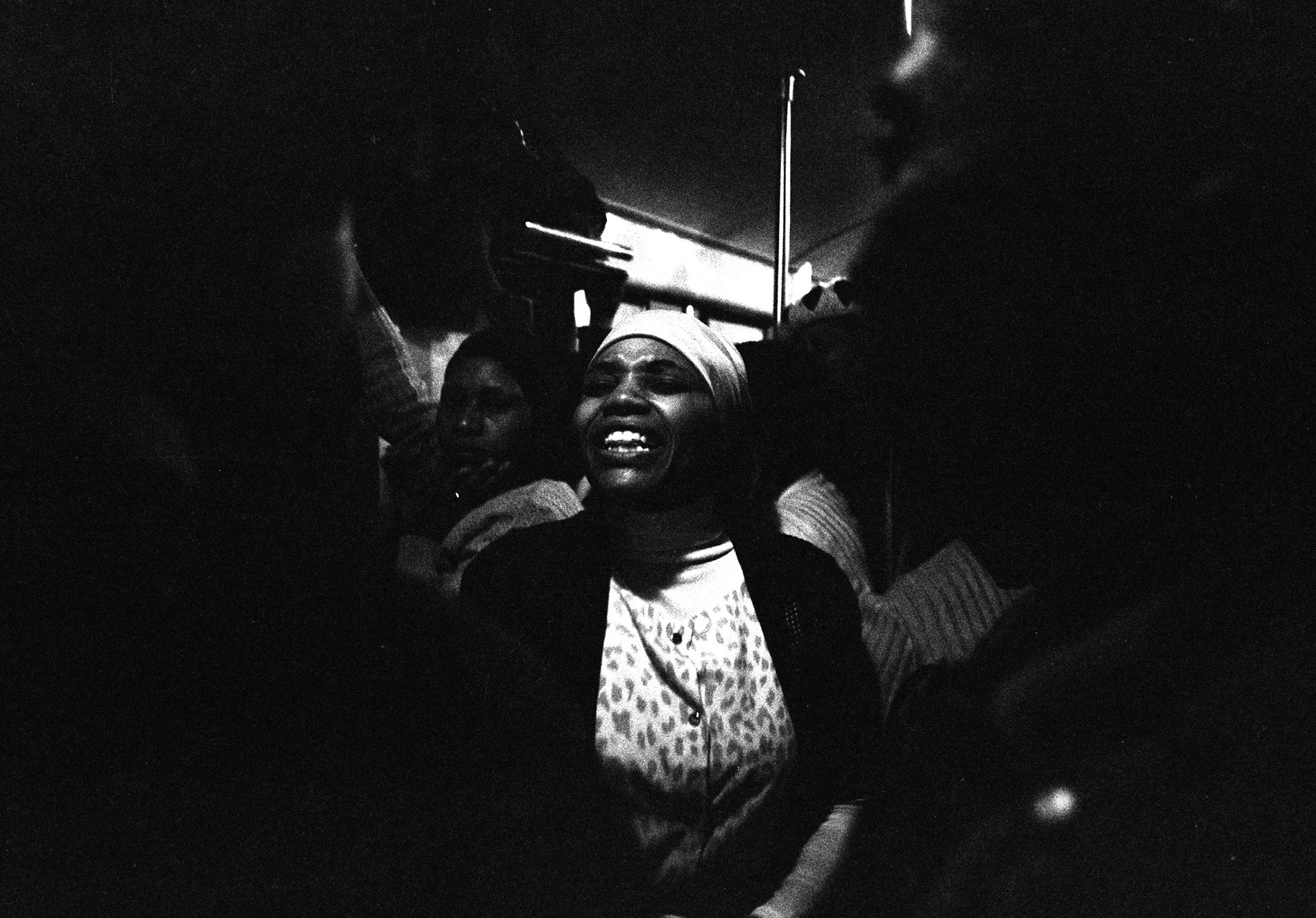





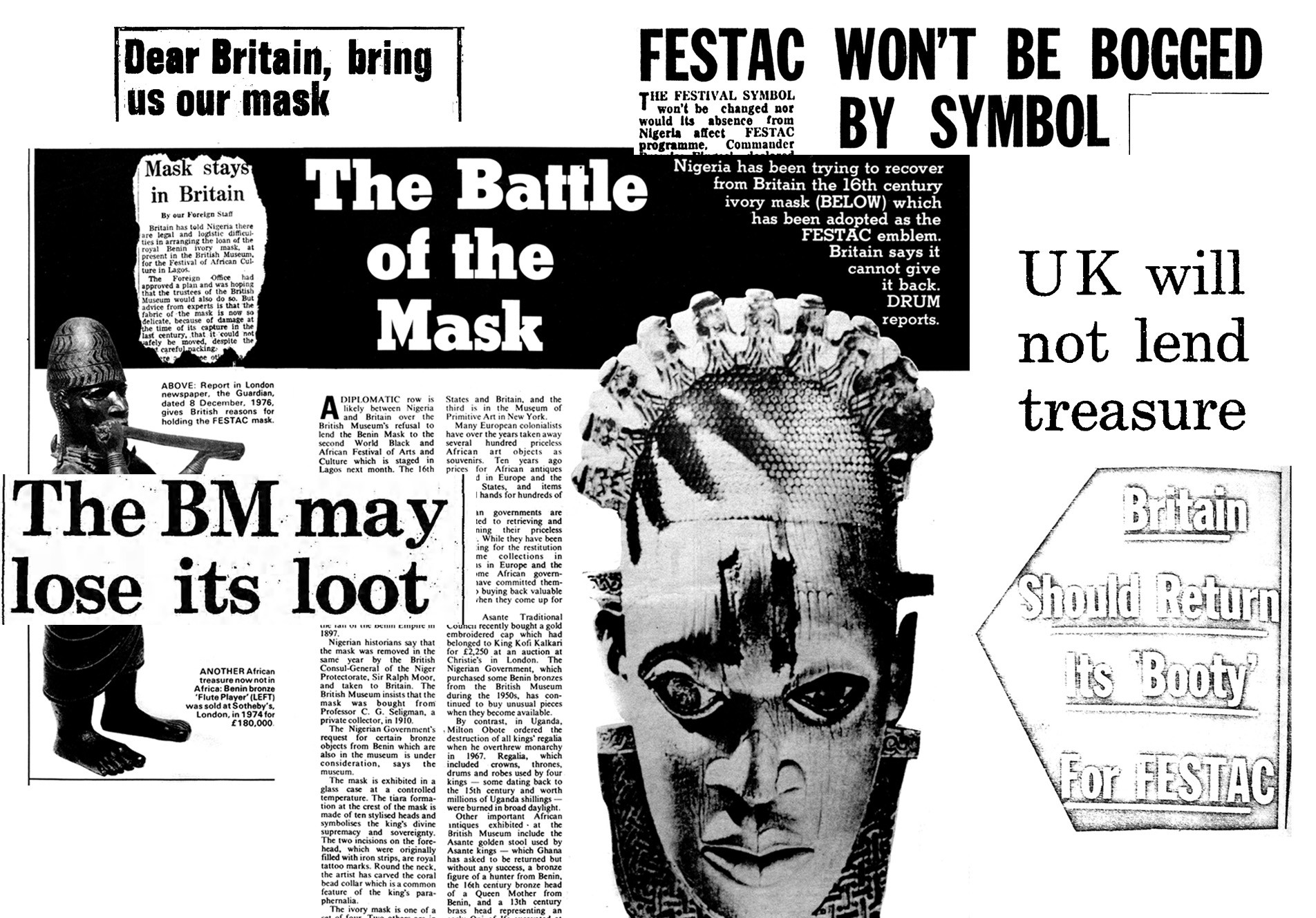




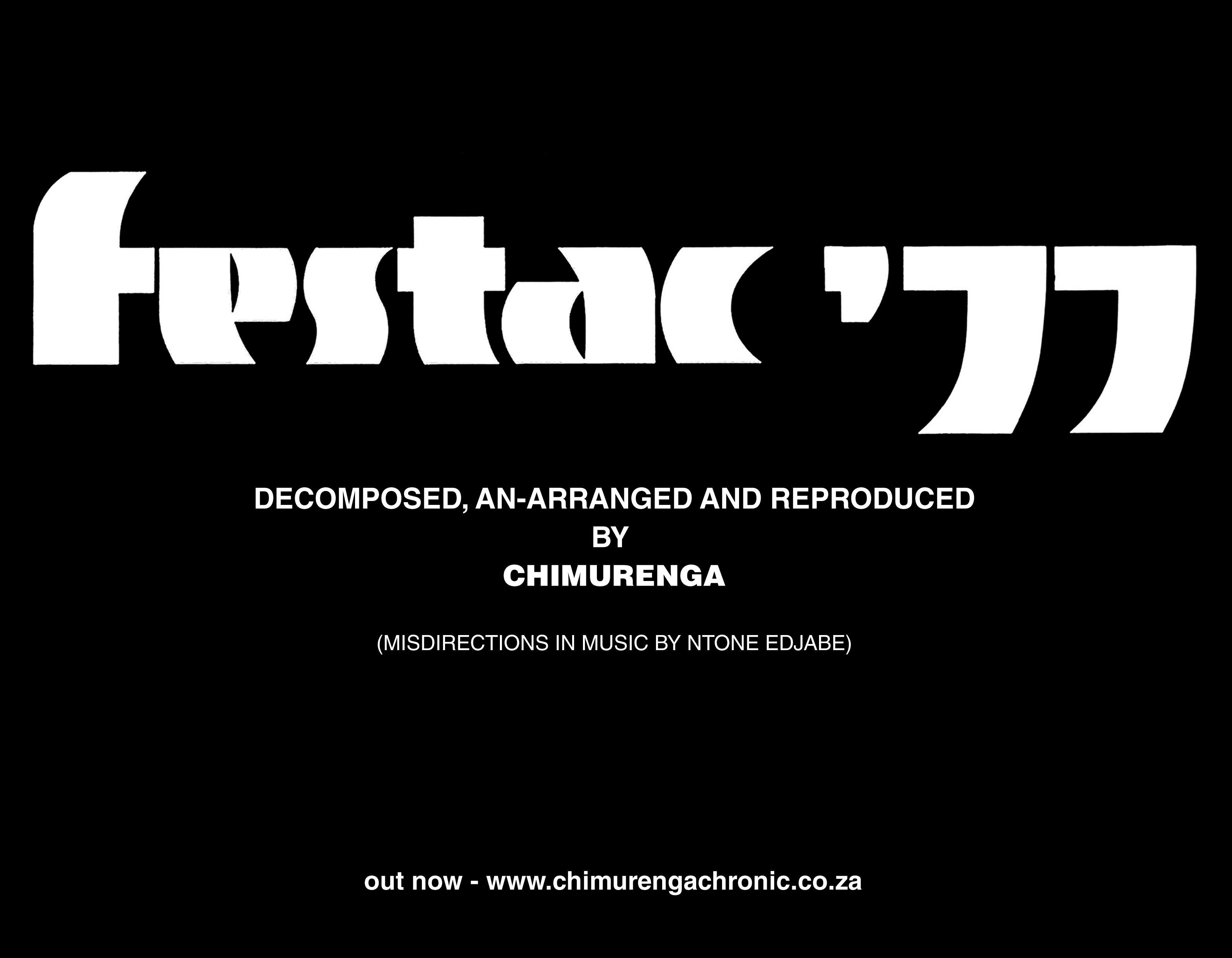

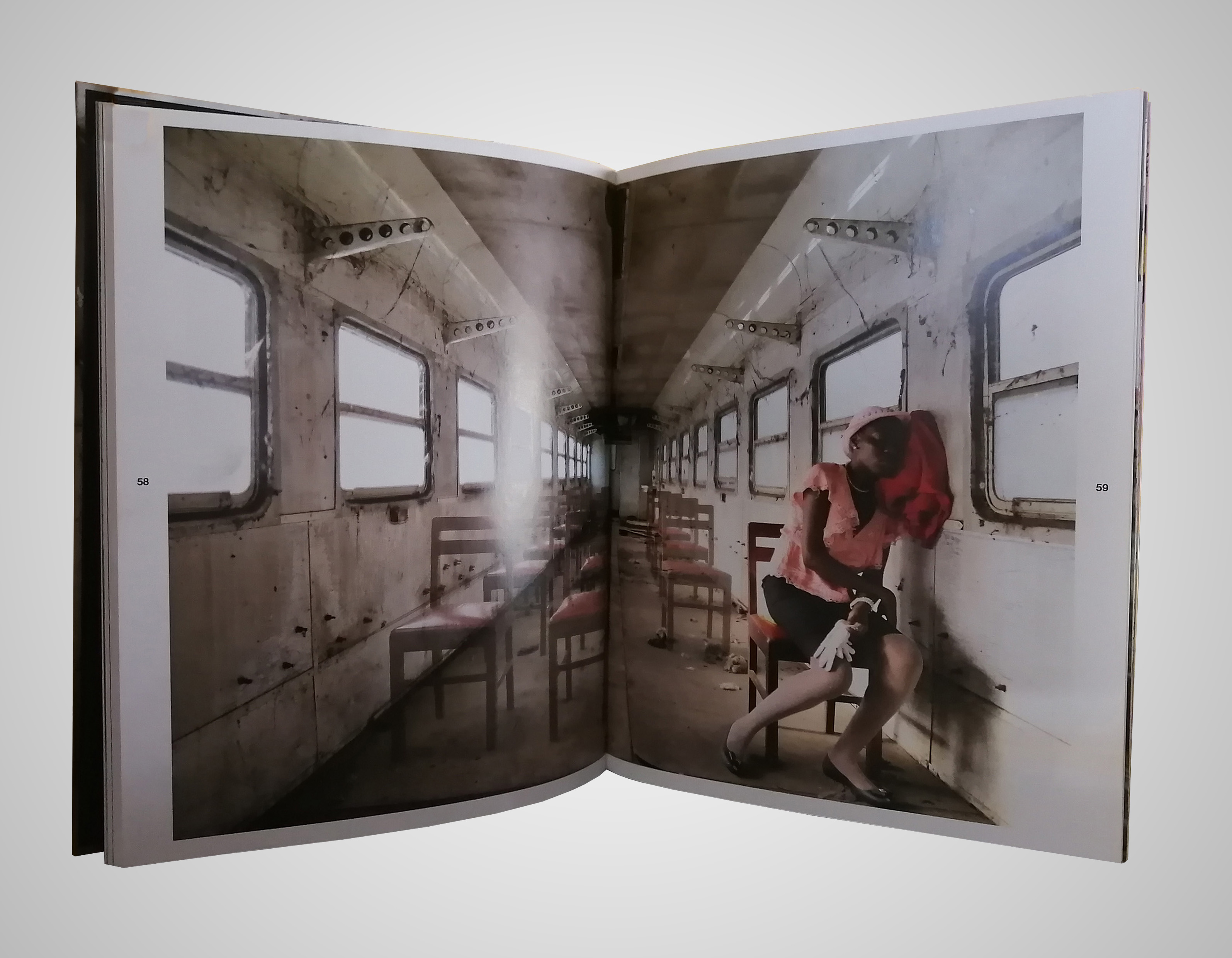
















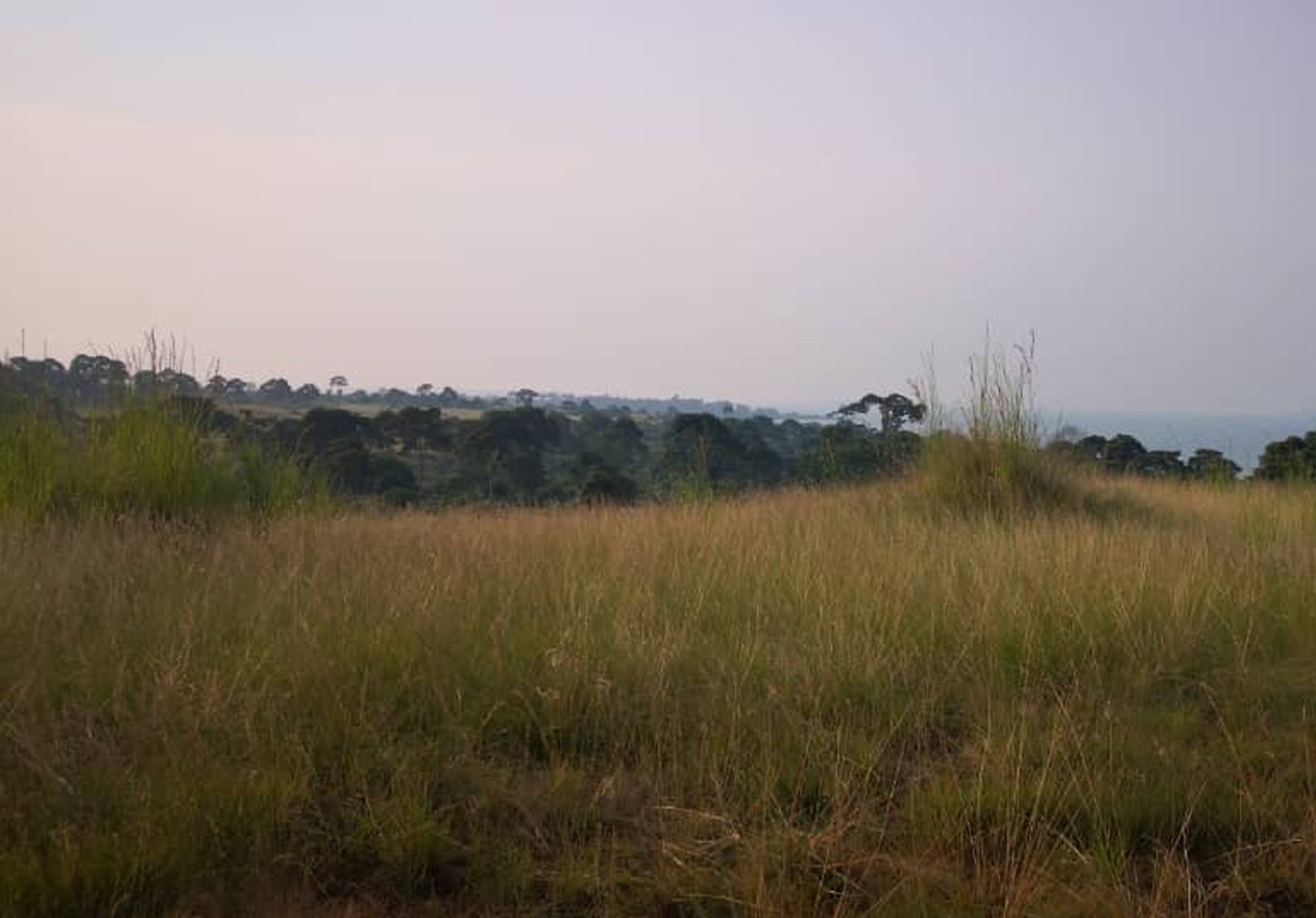




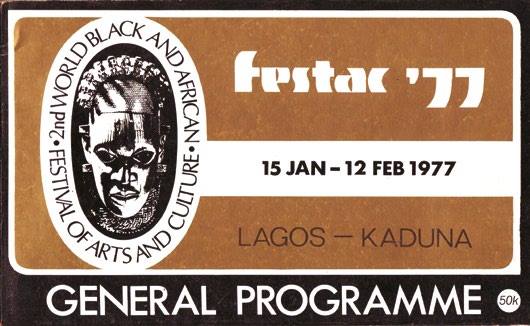








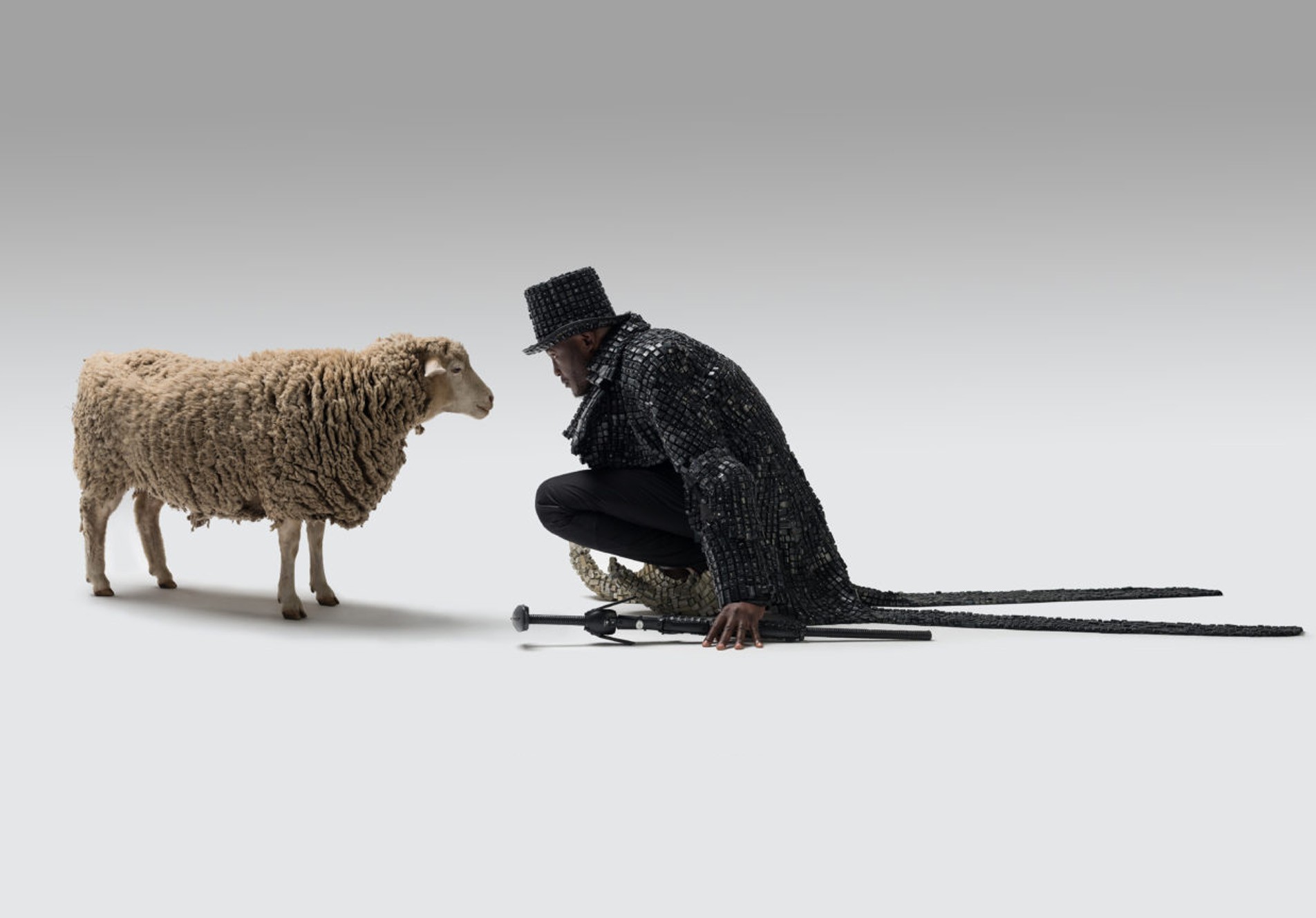
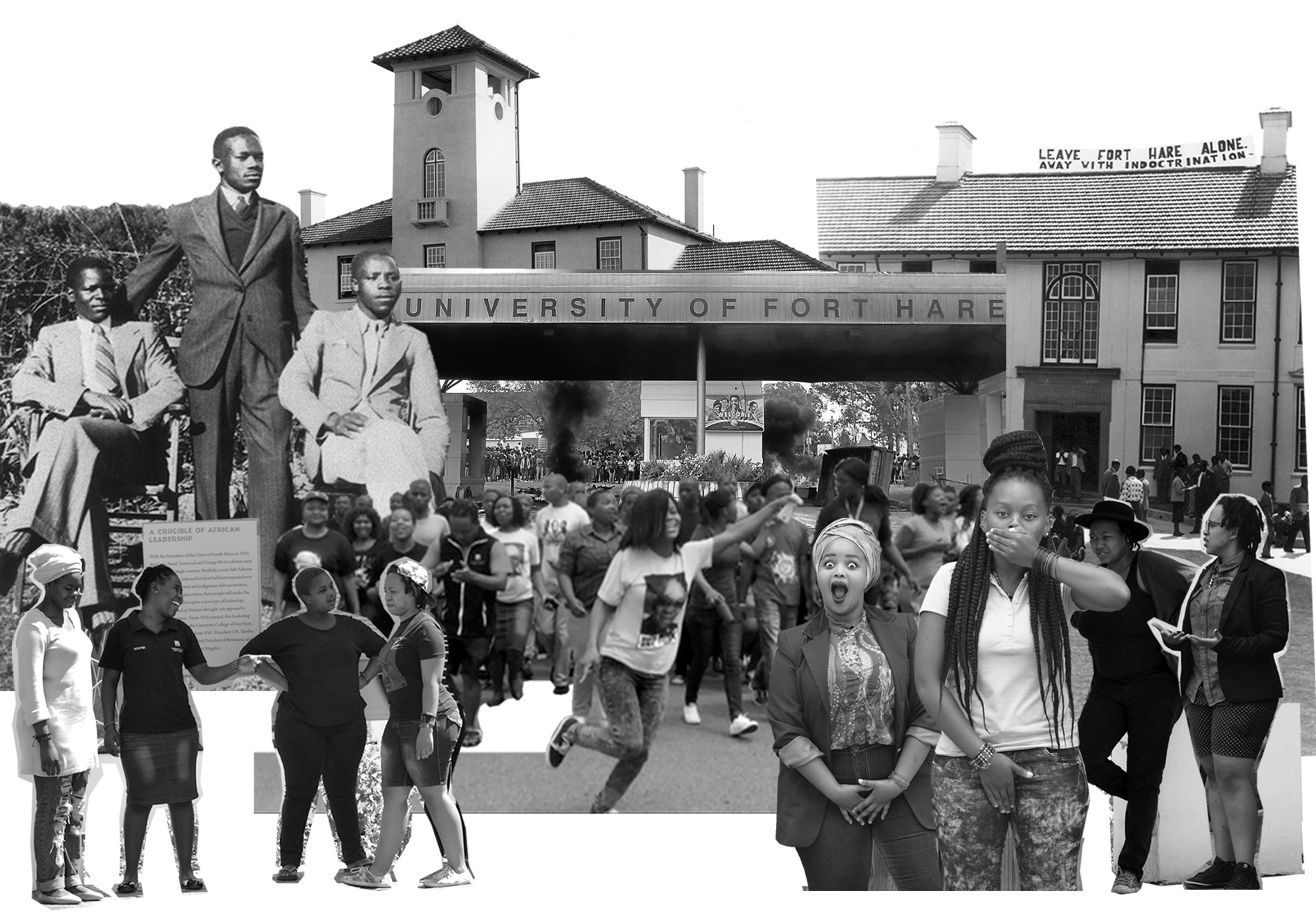





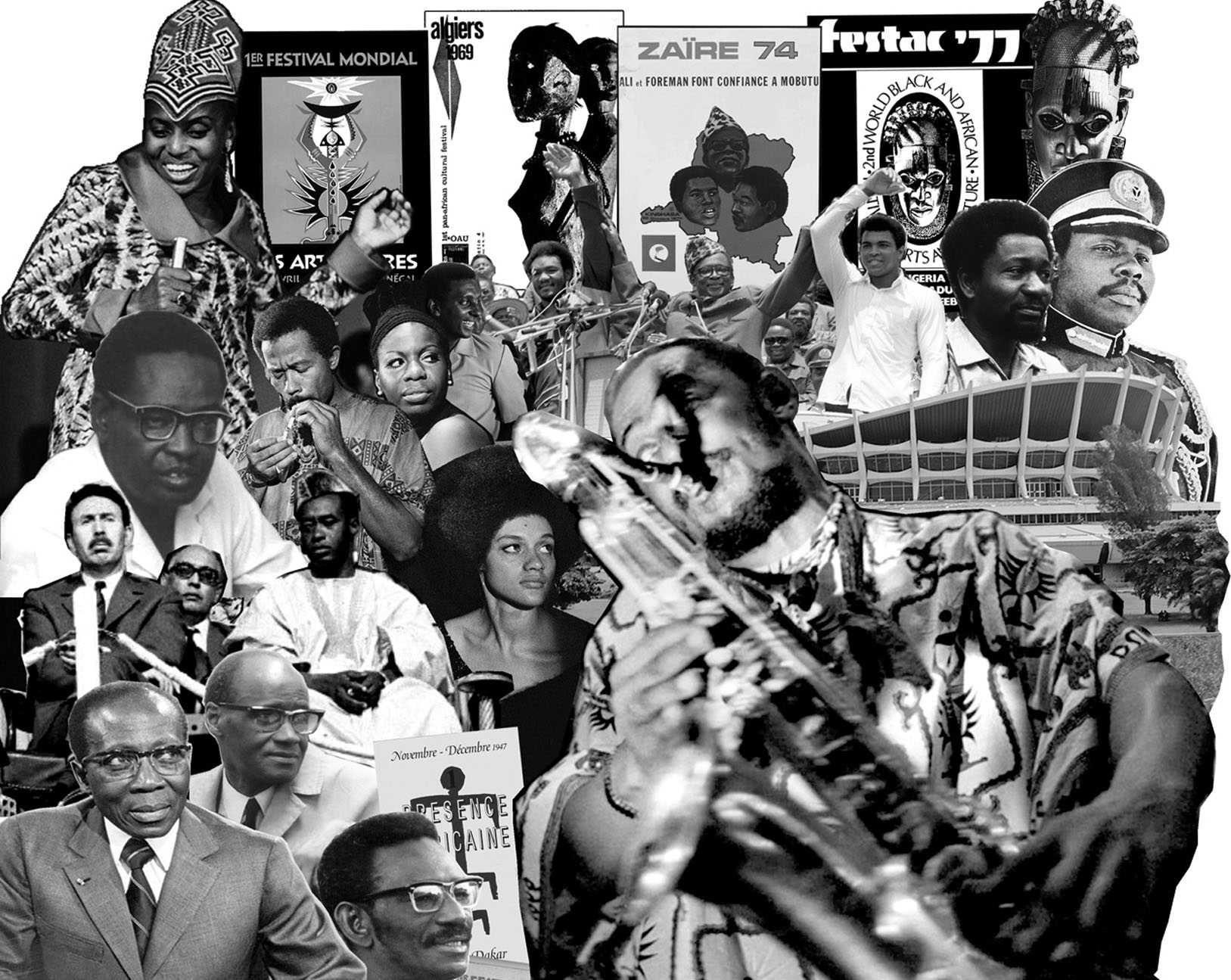

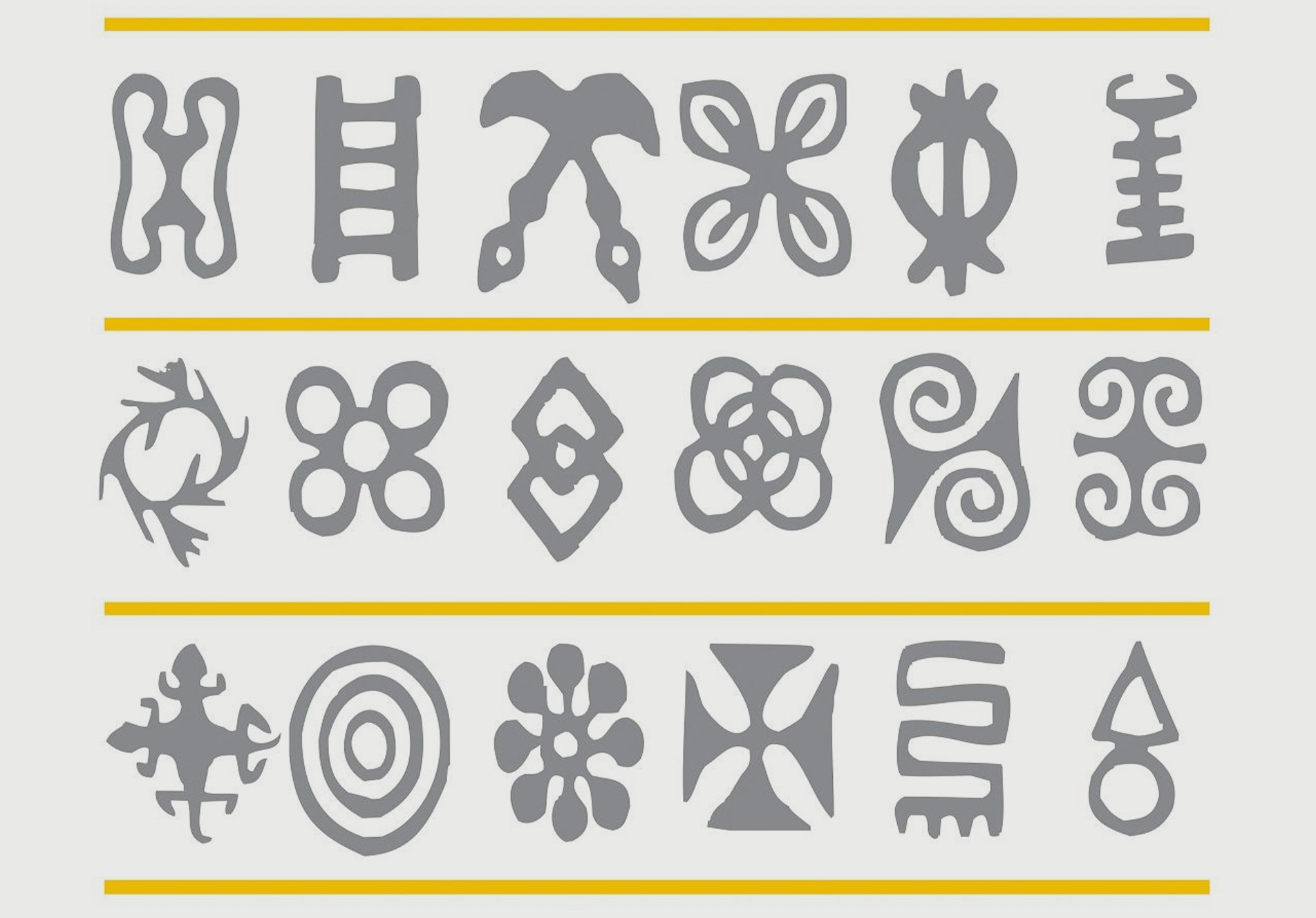




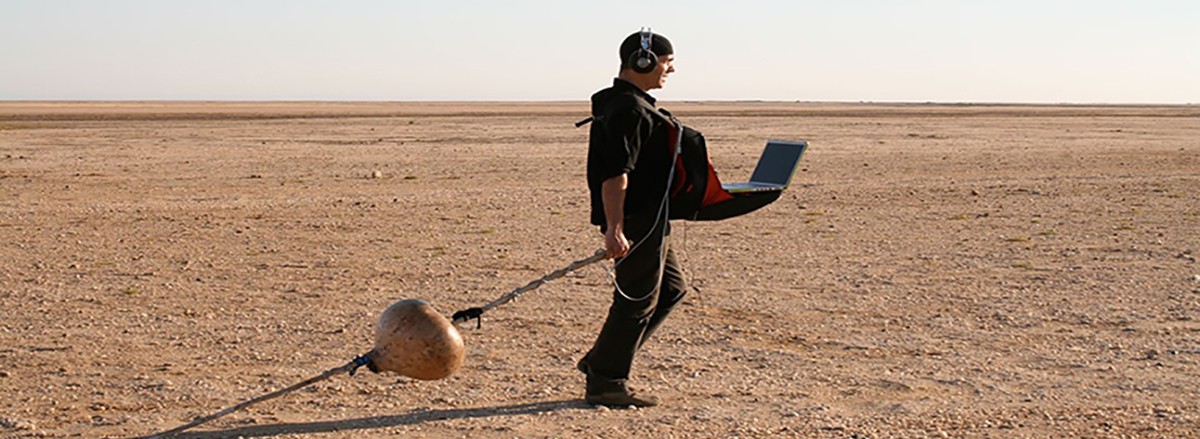







No comments yet.